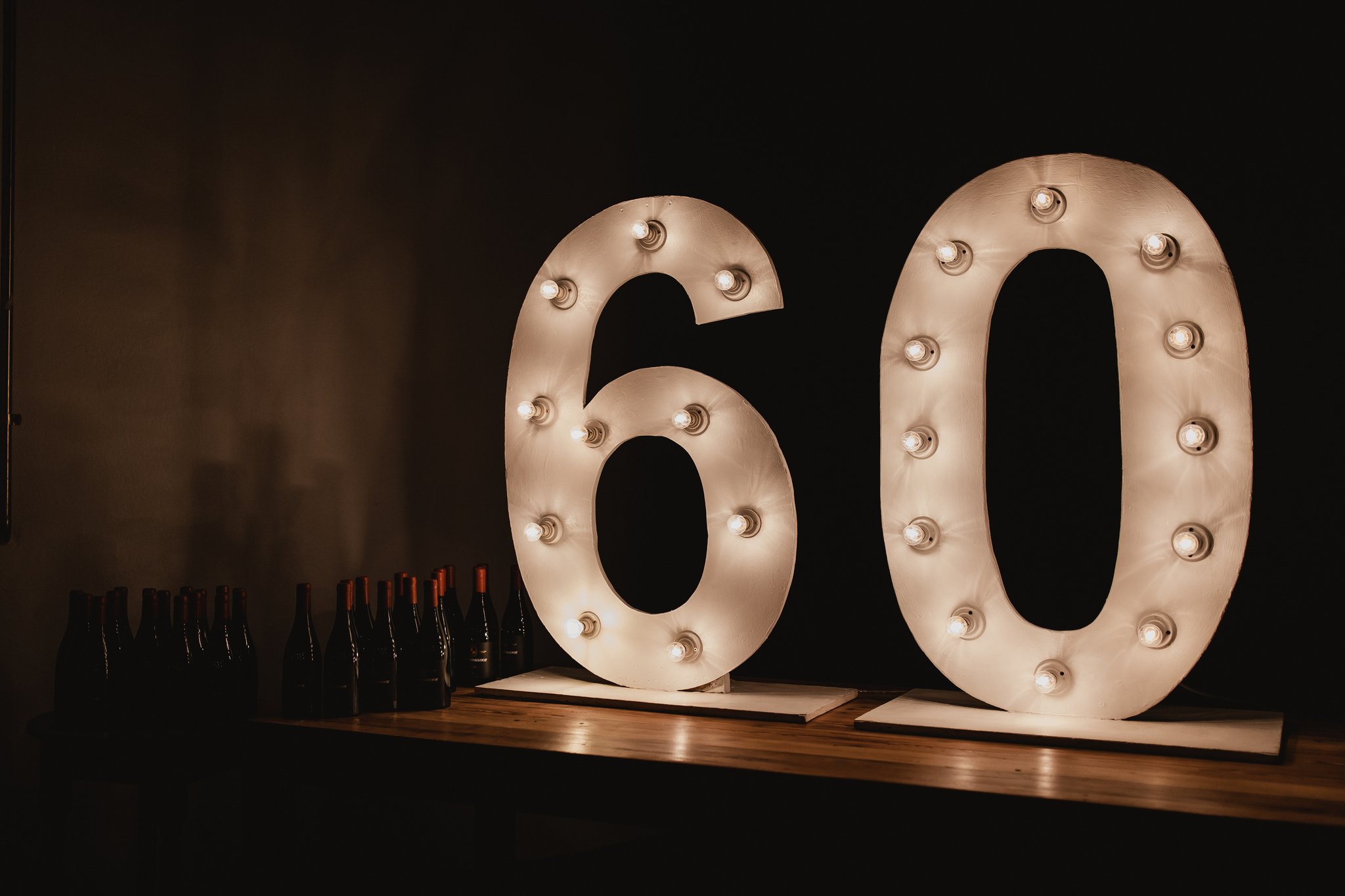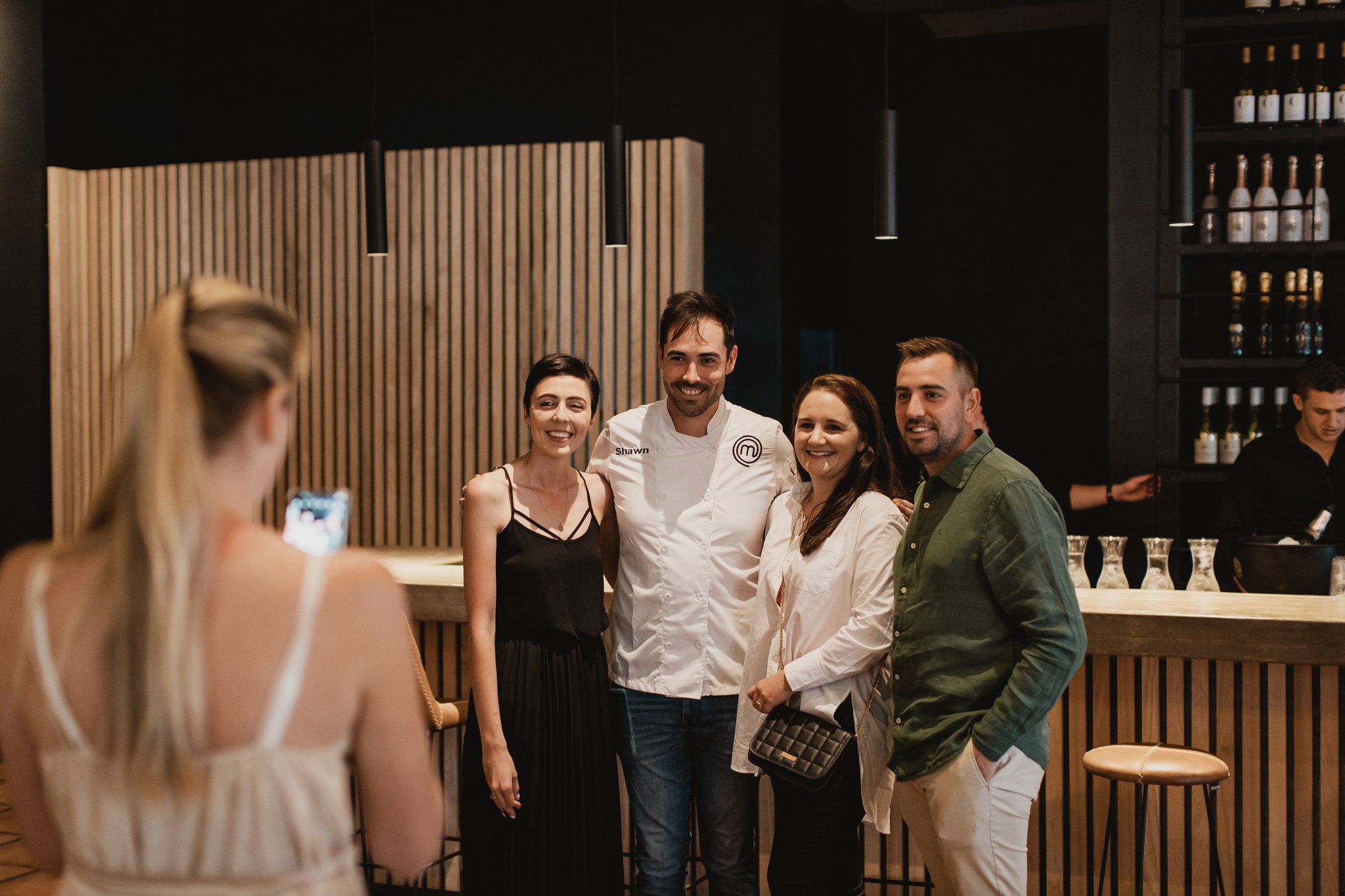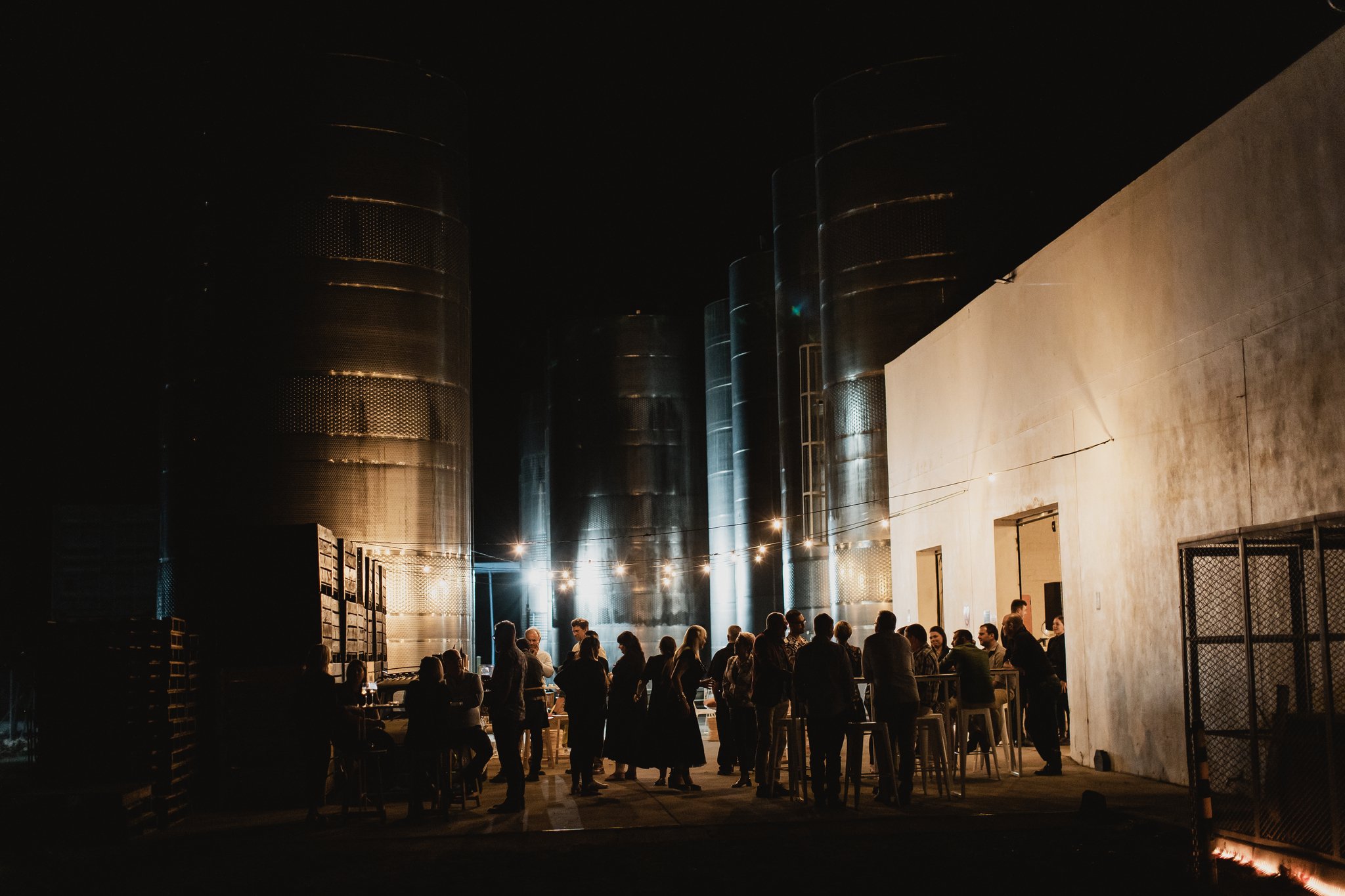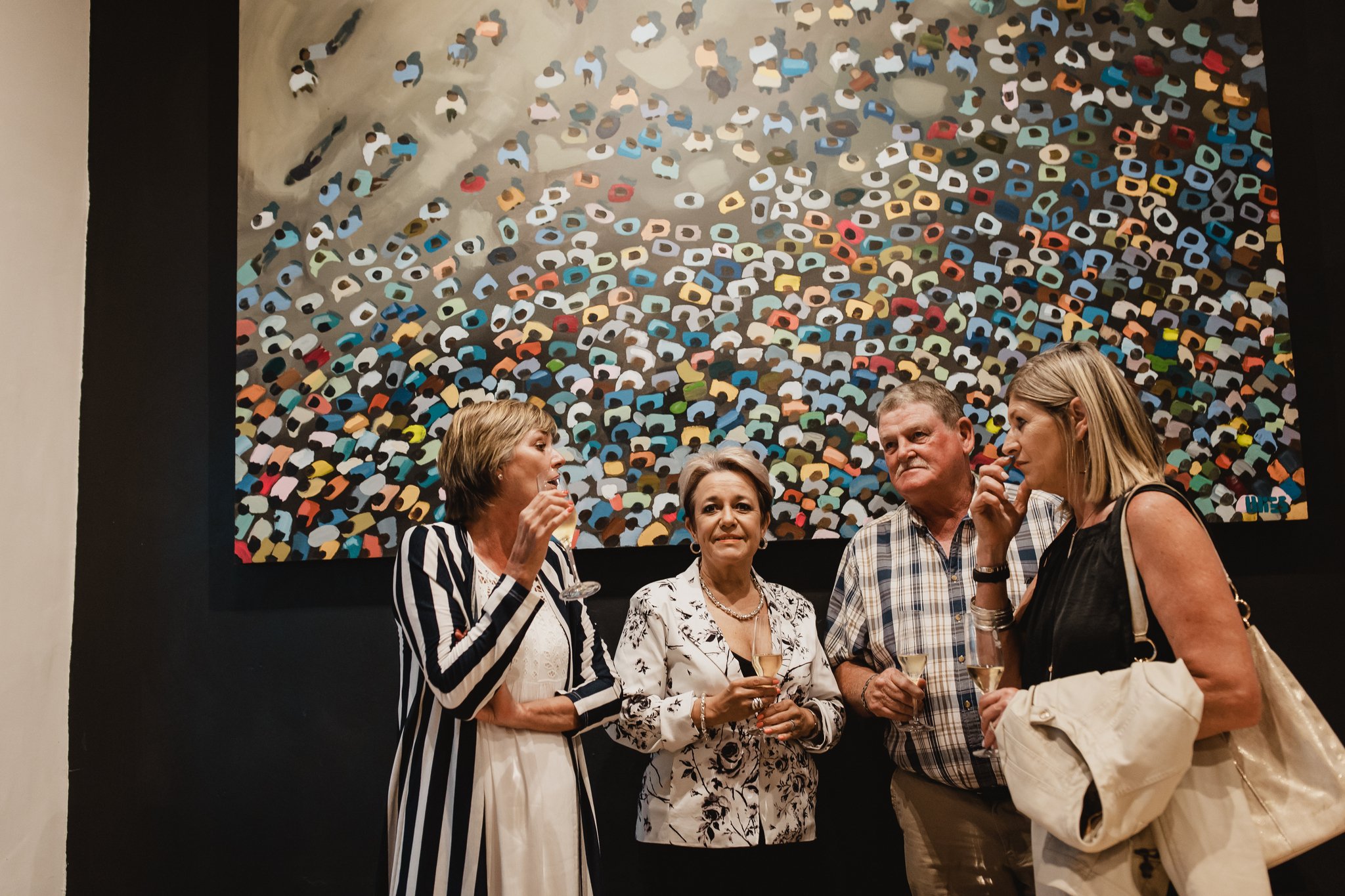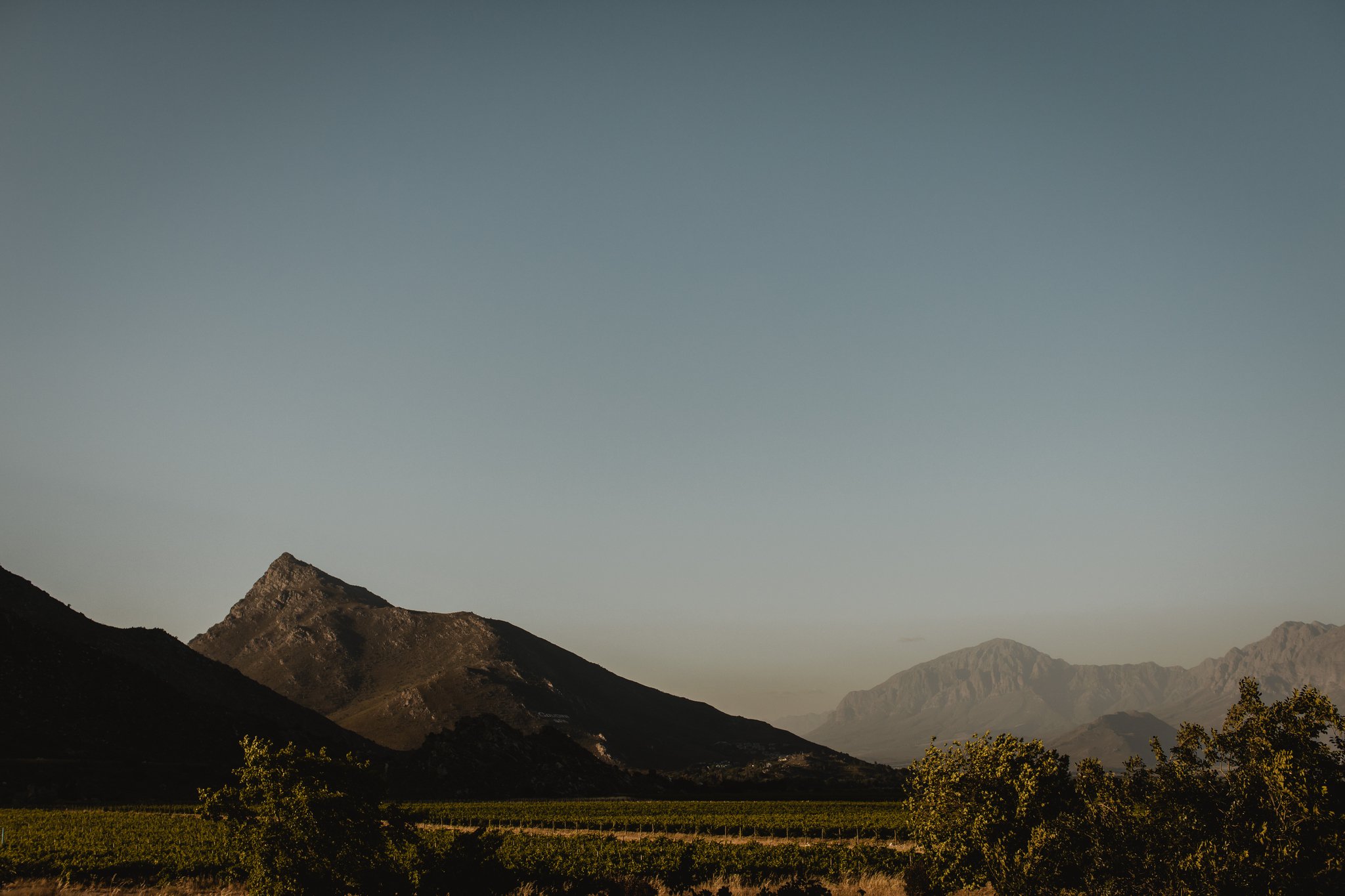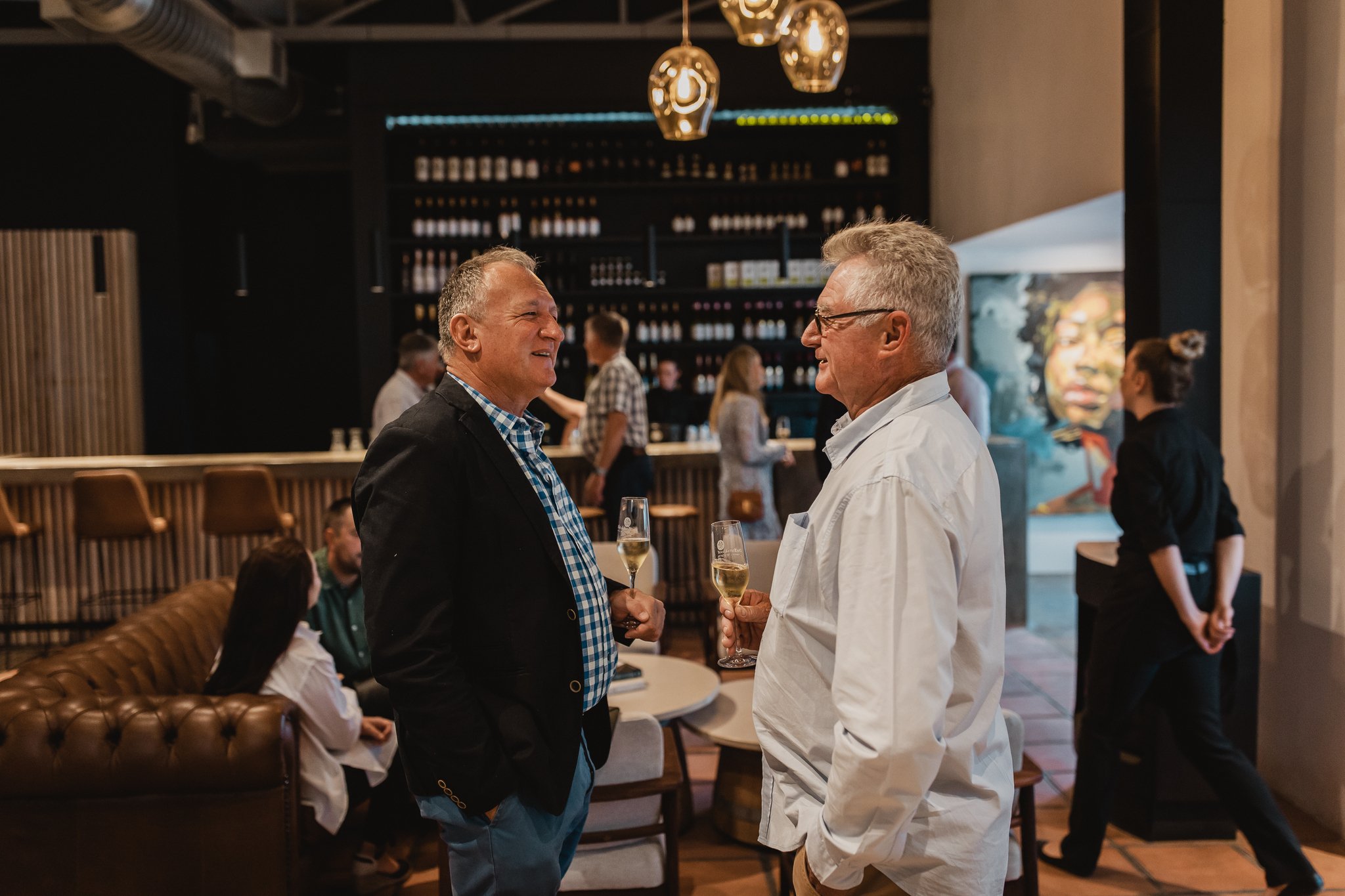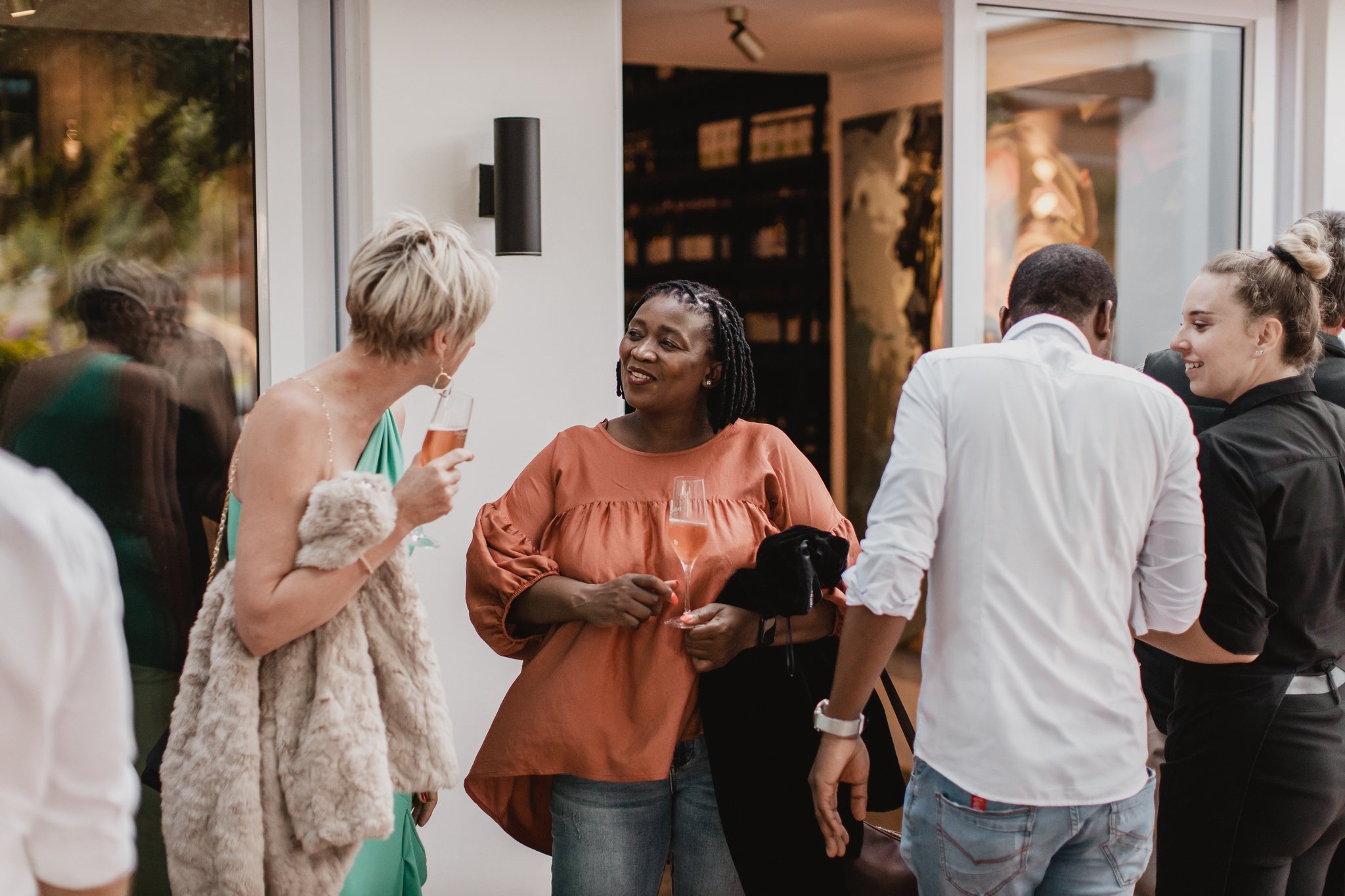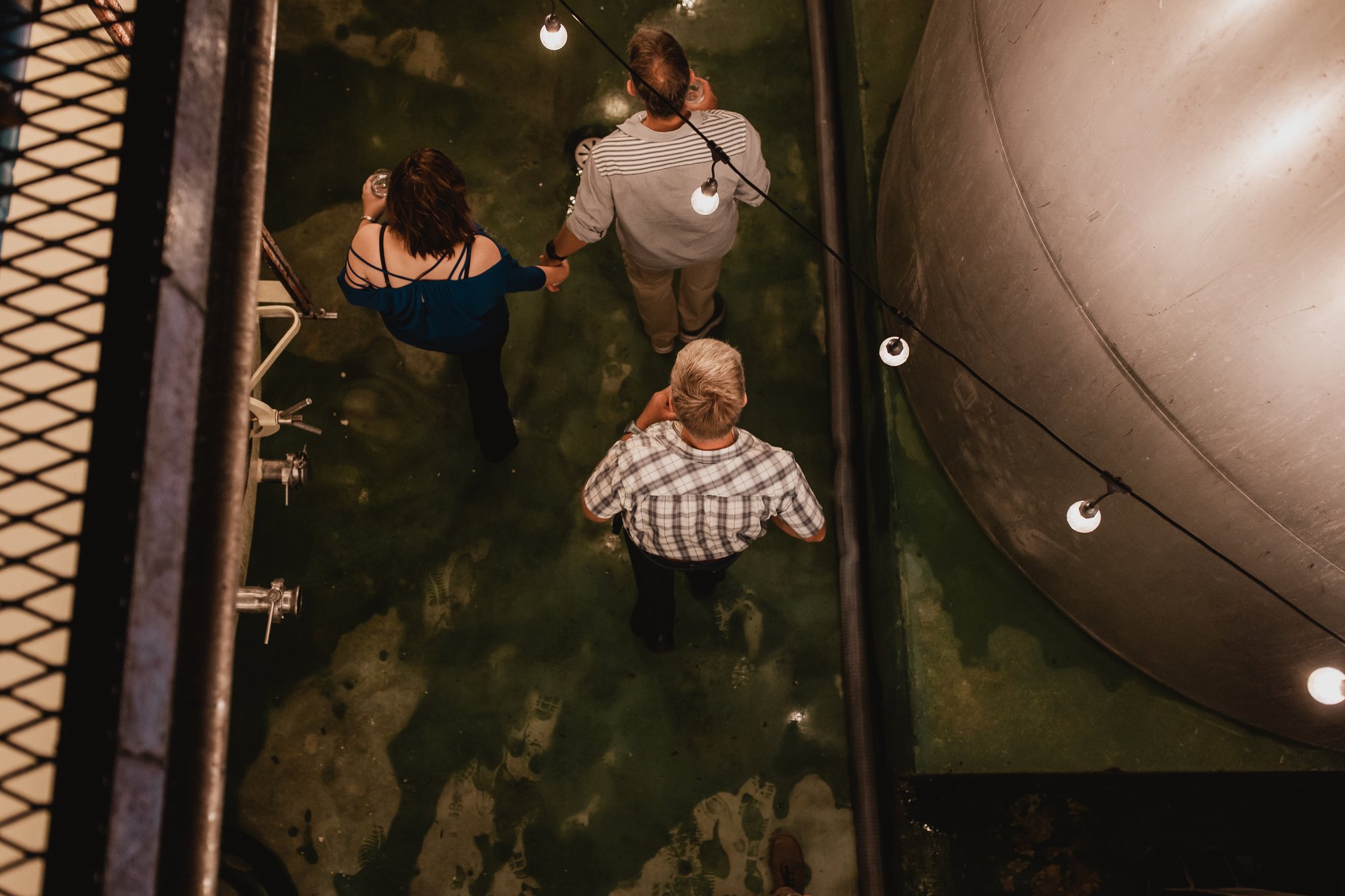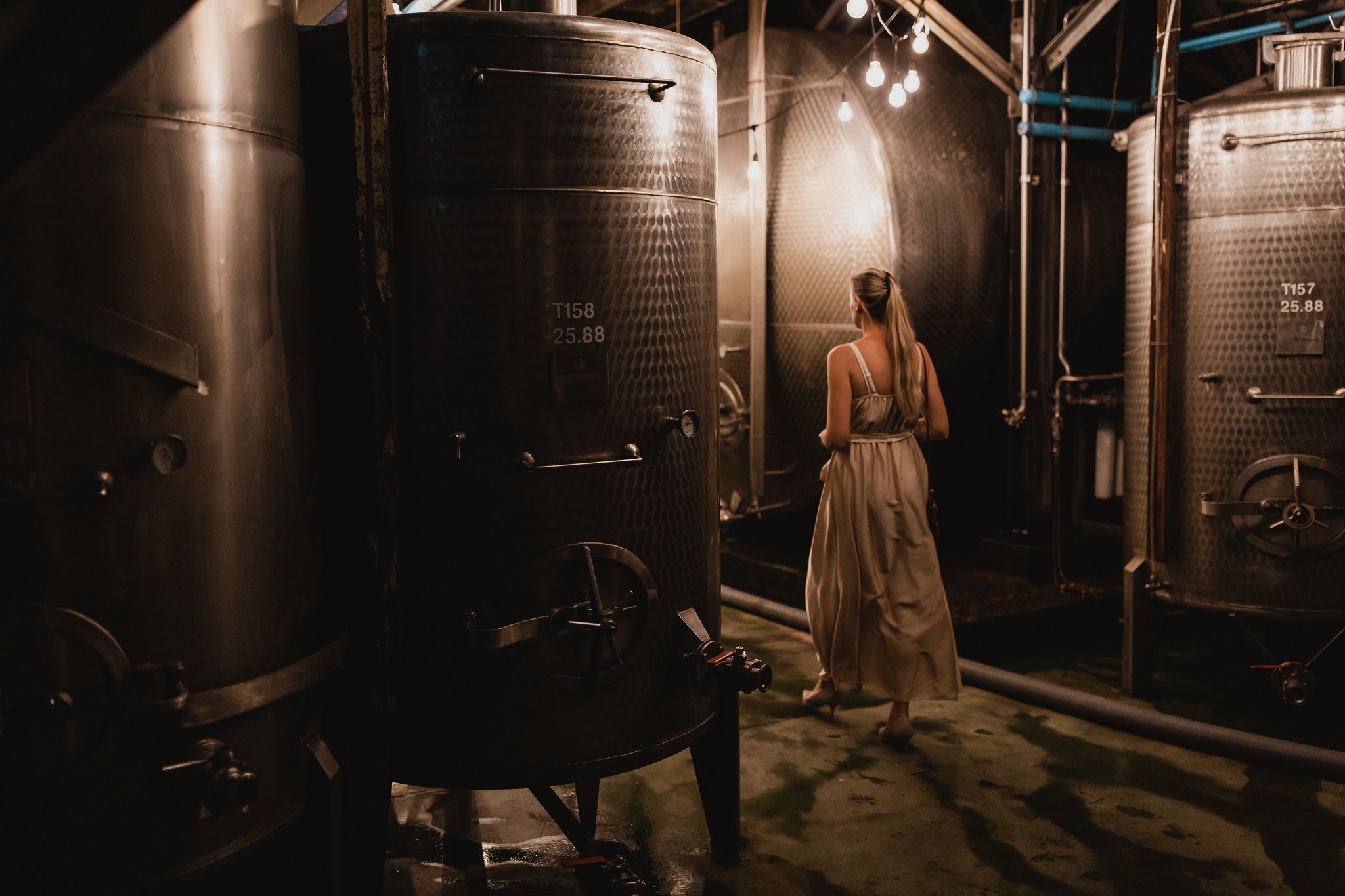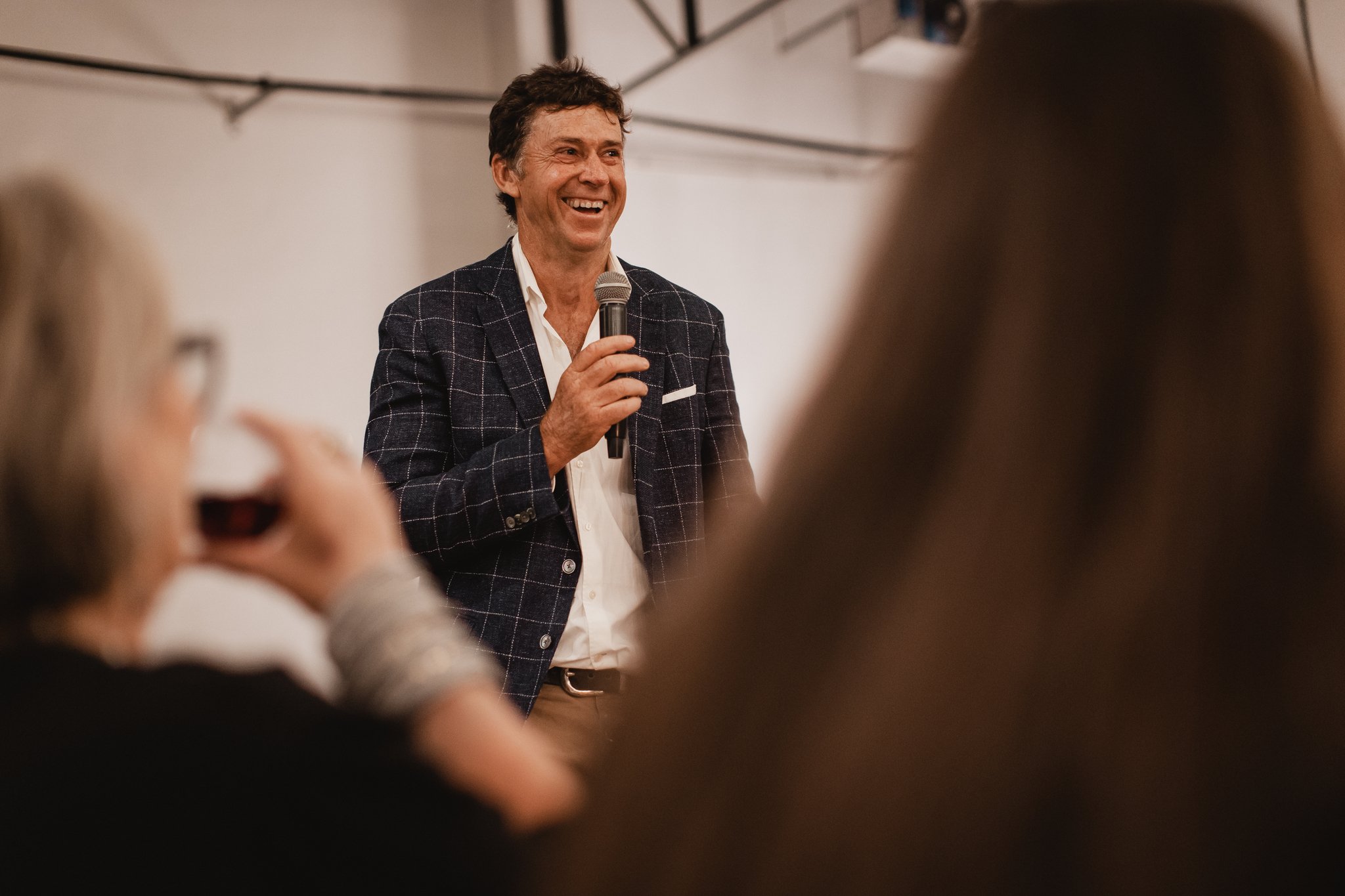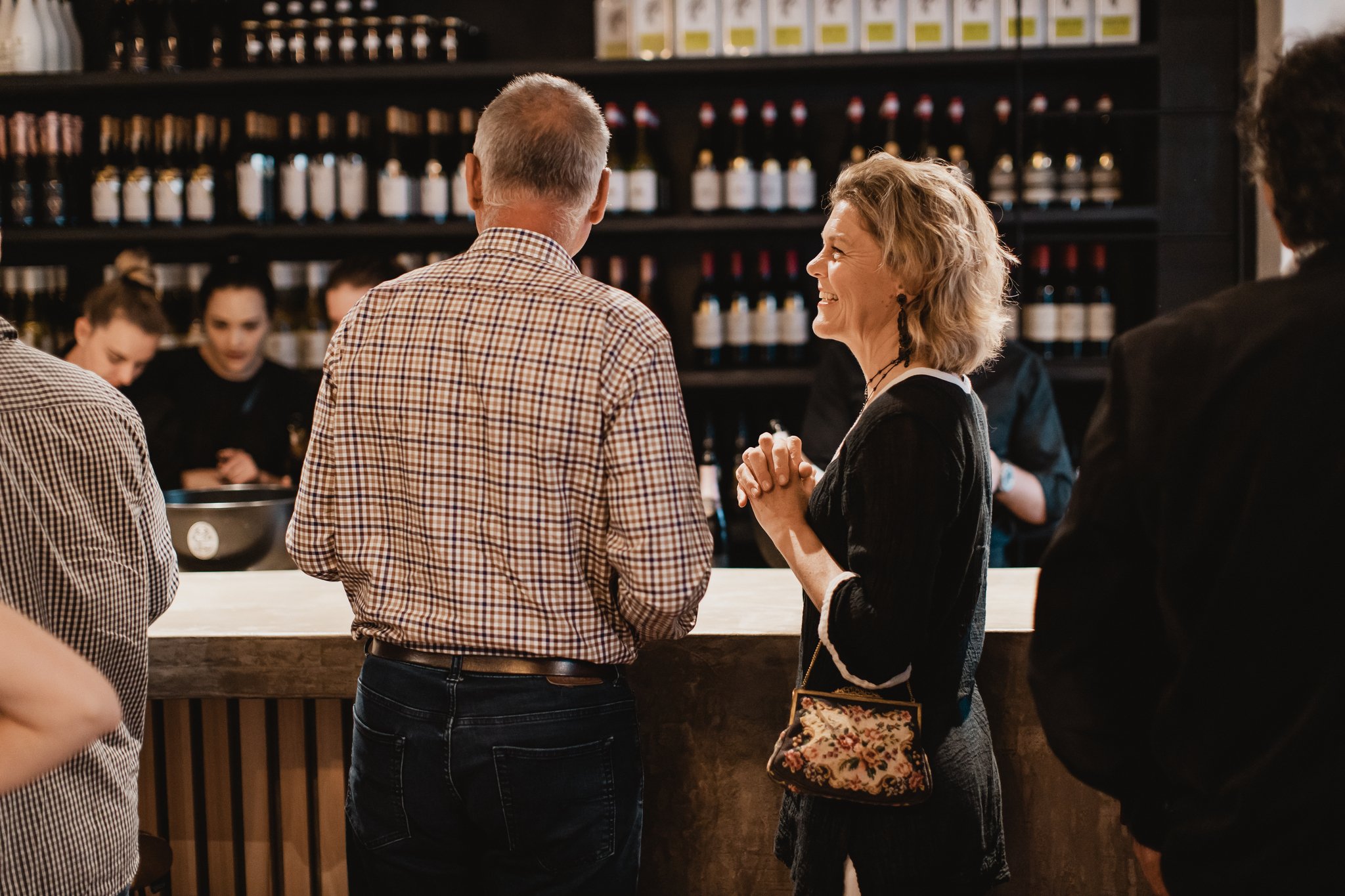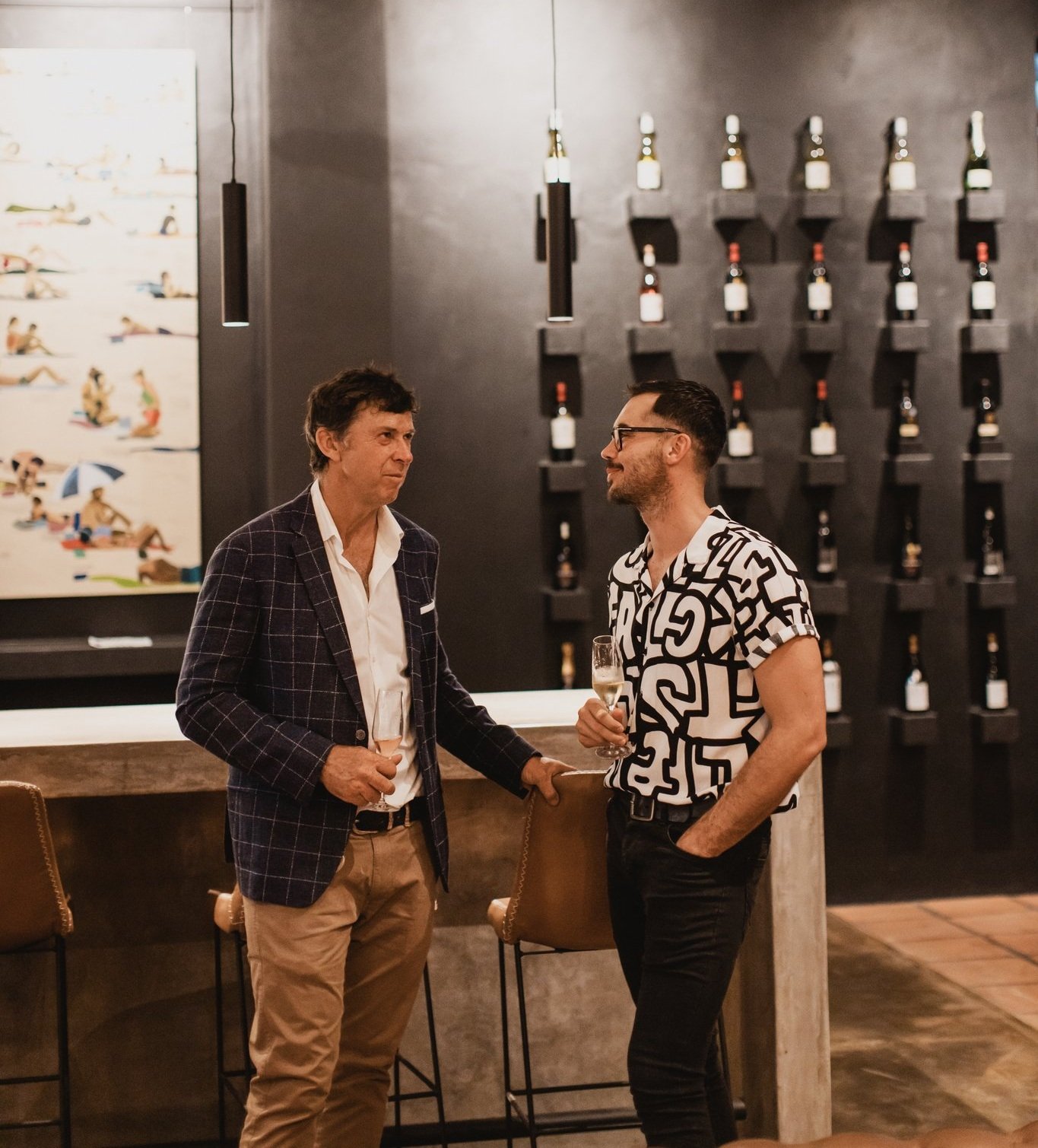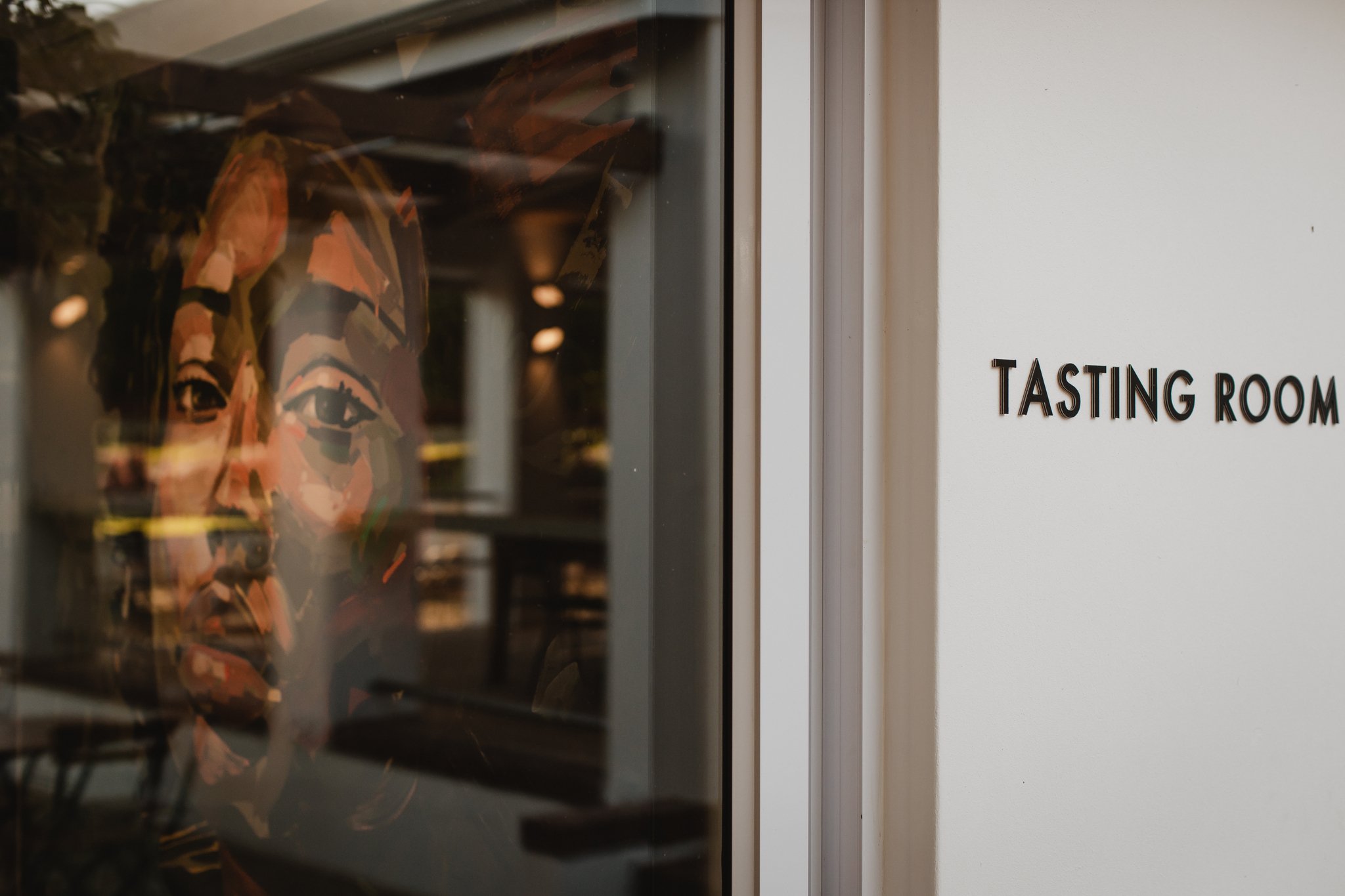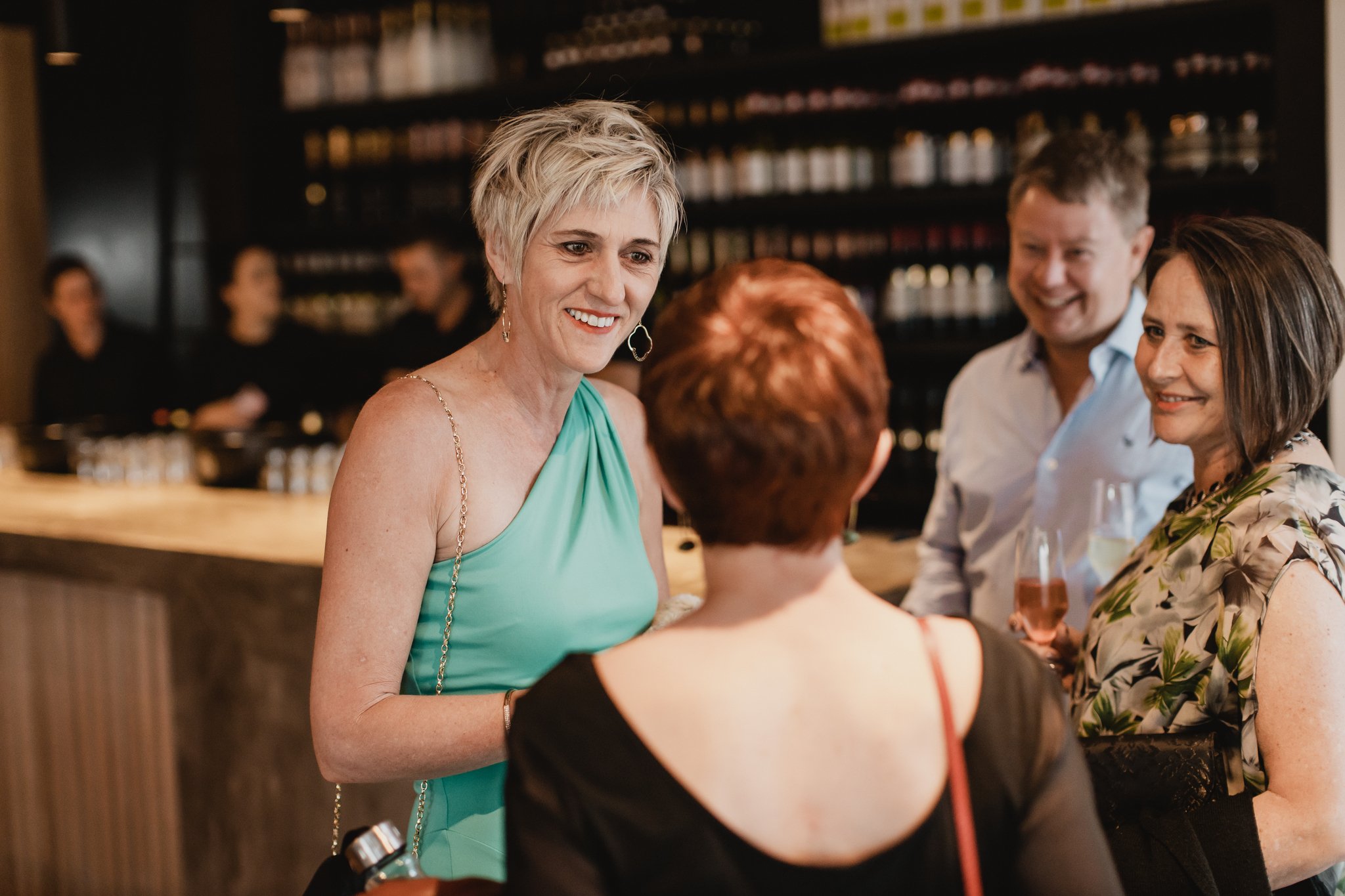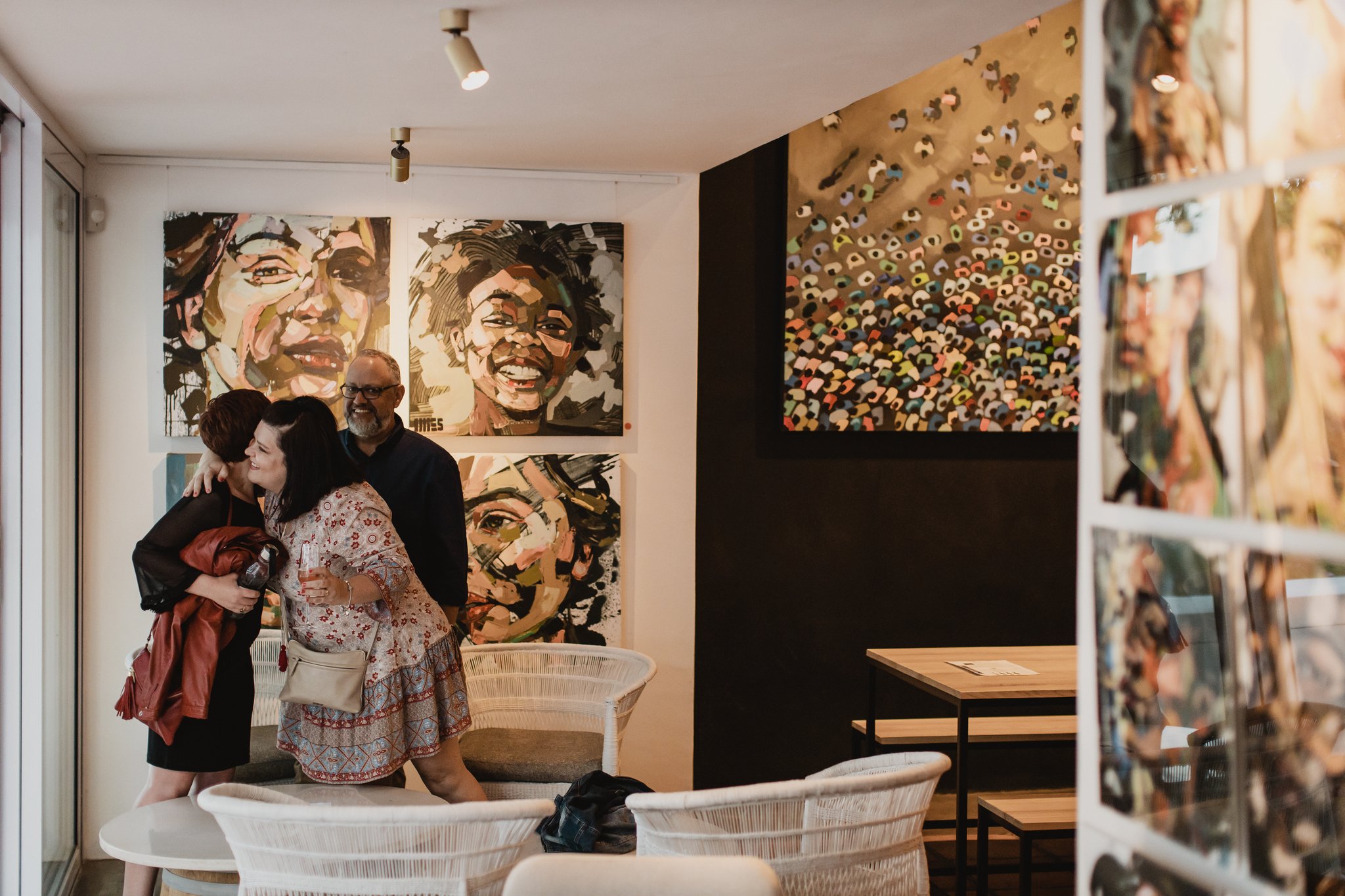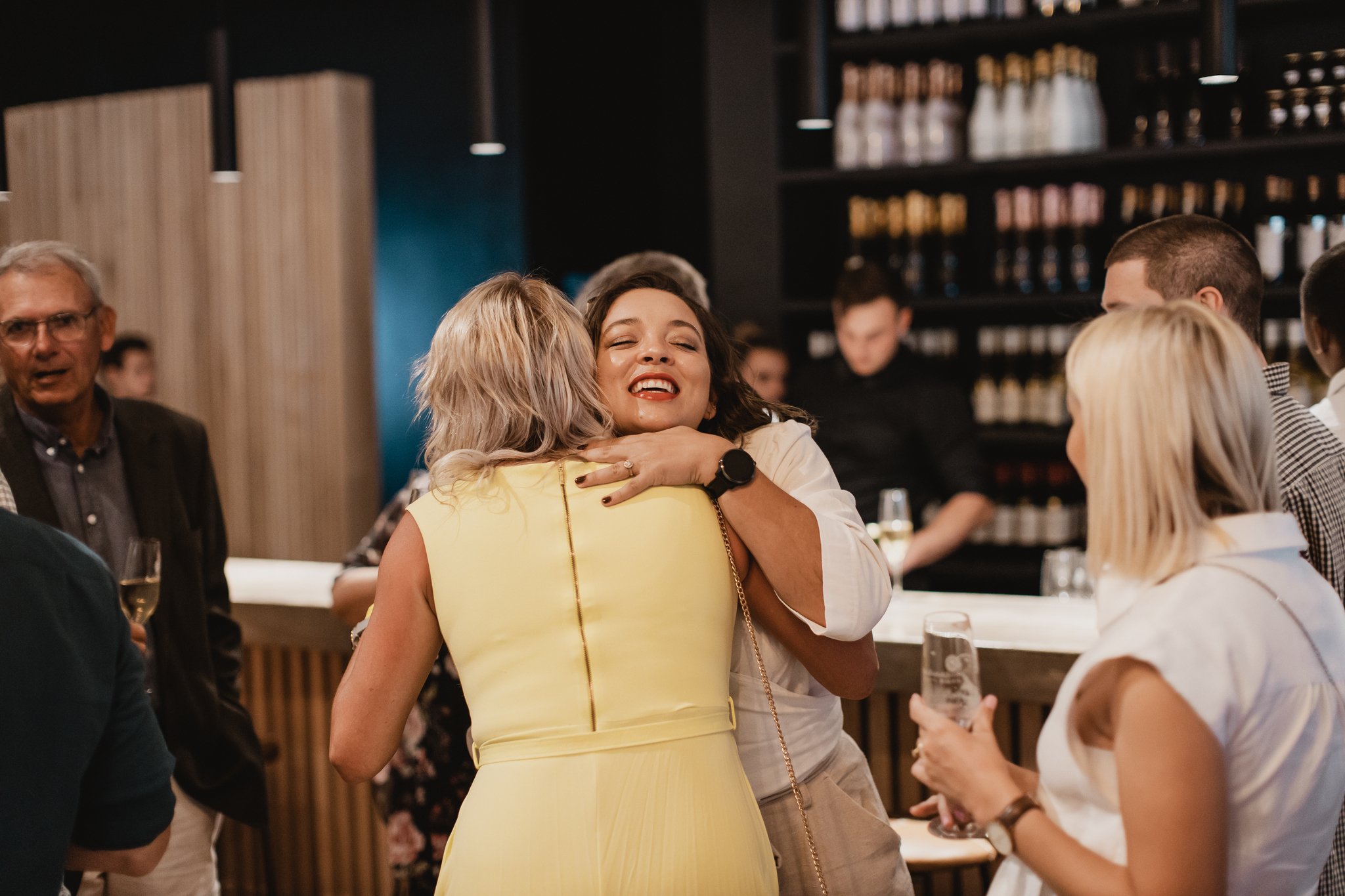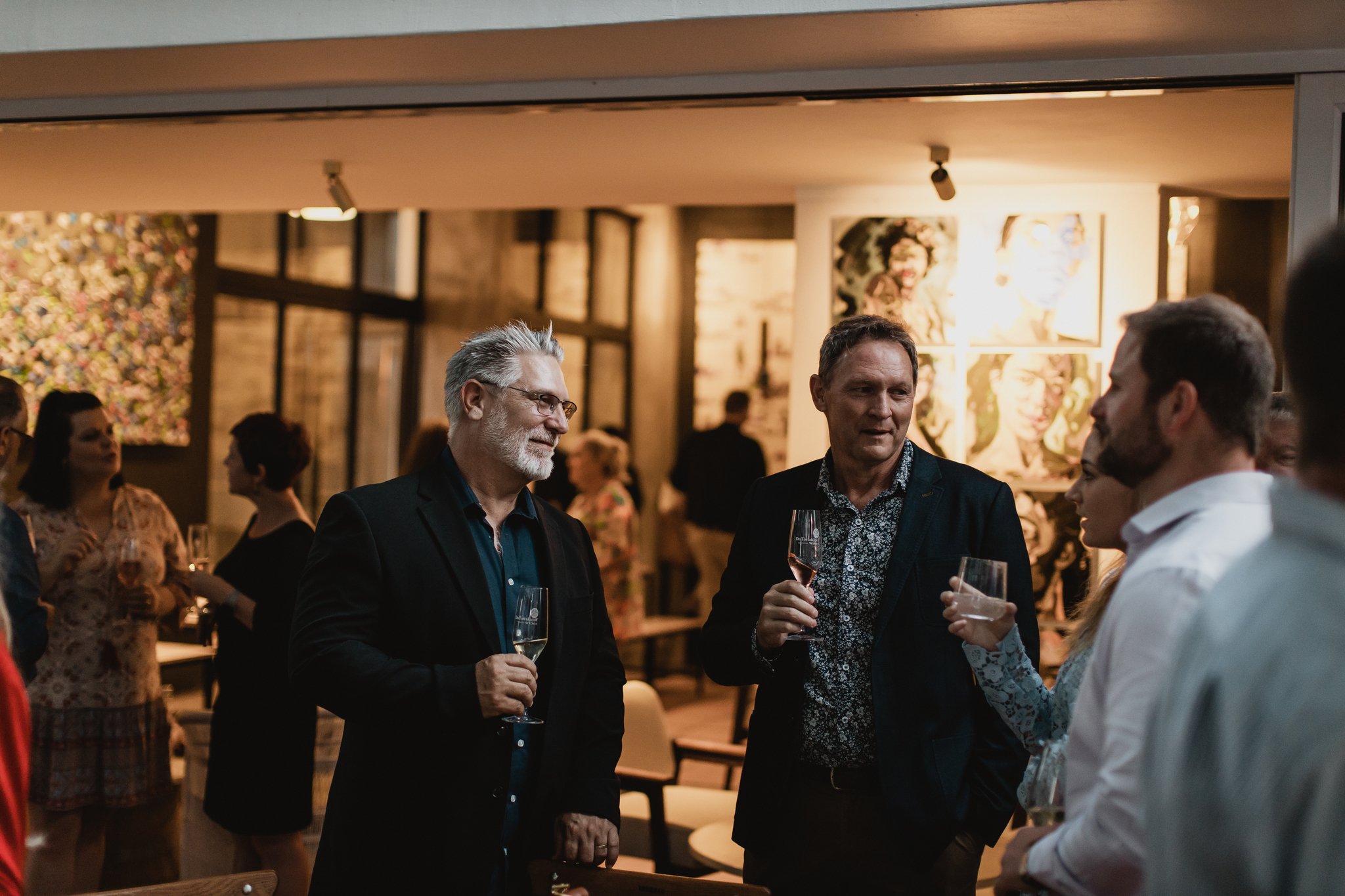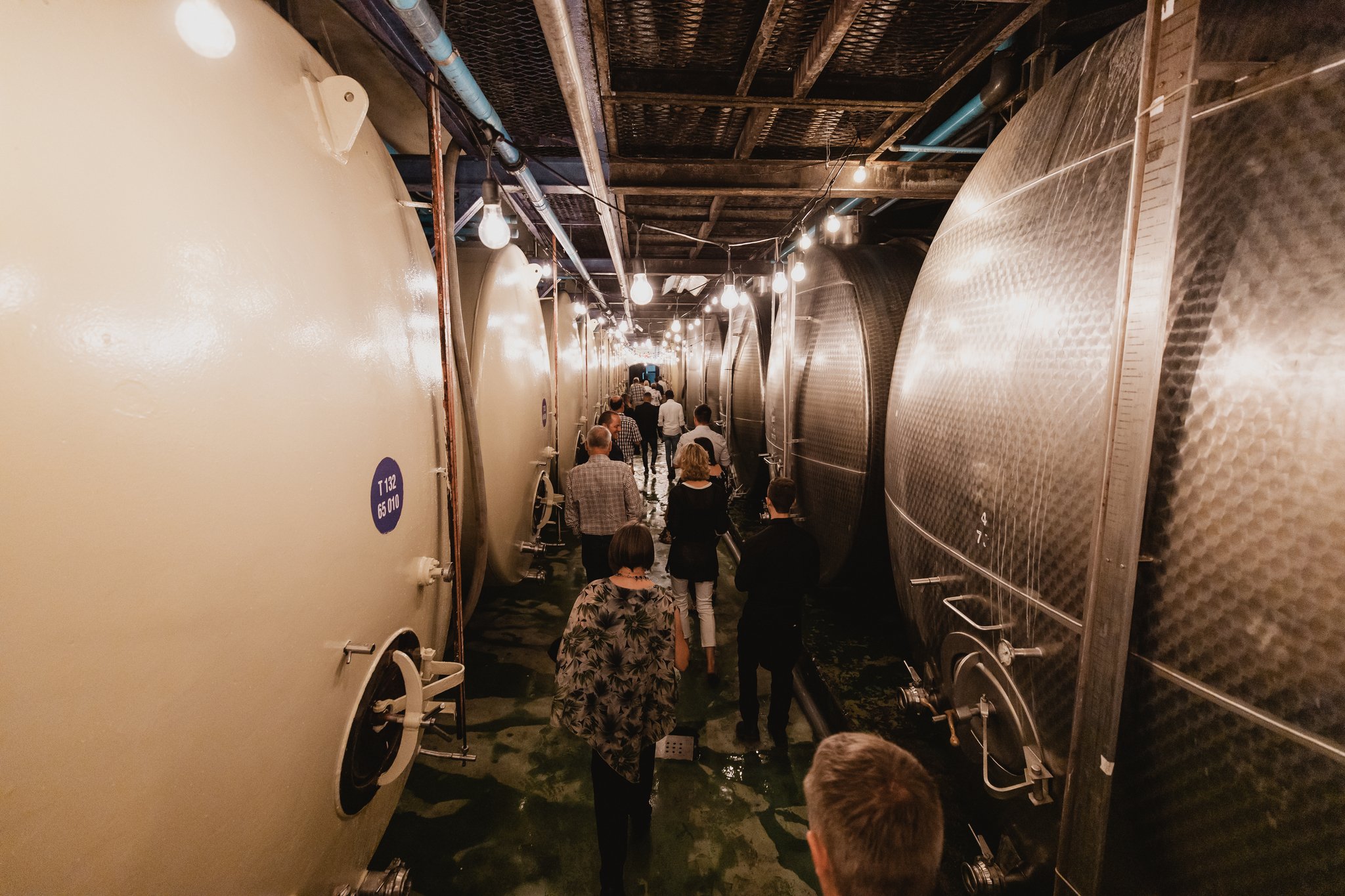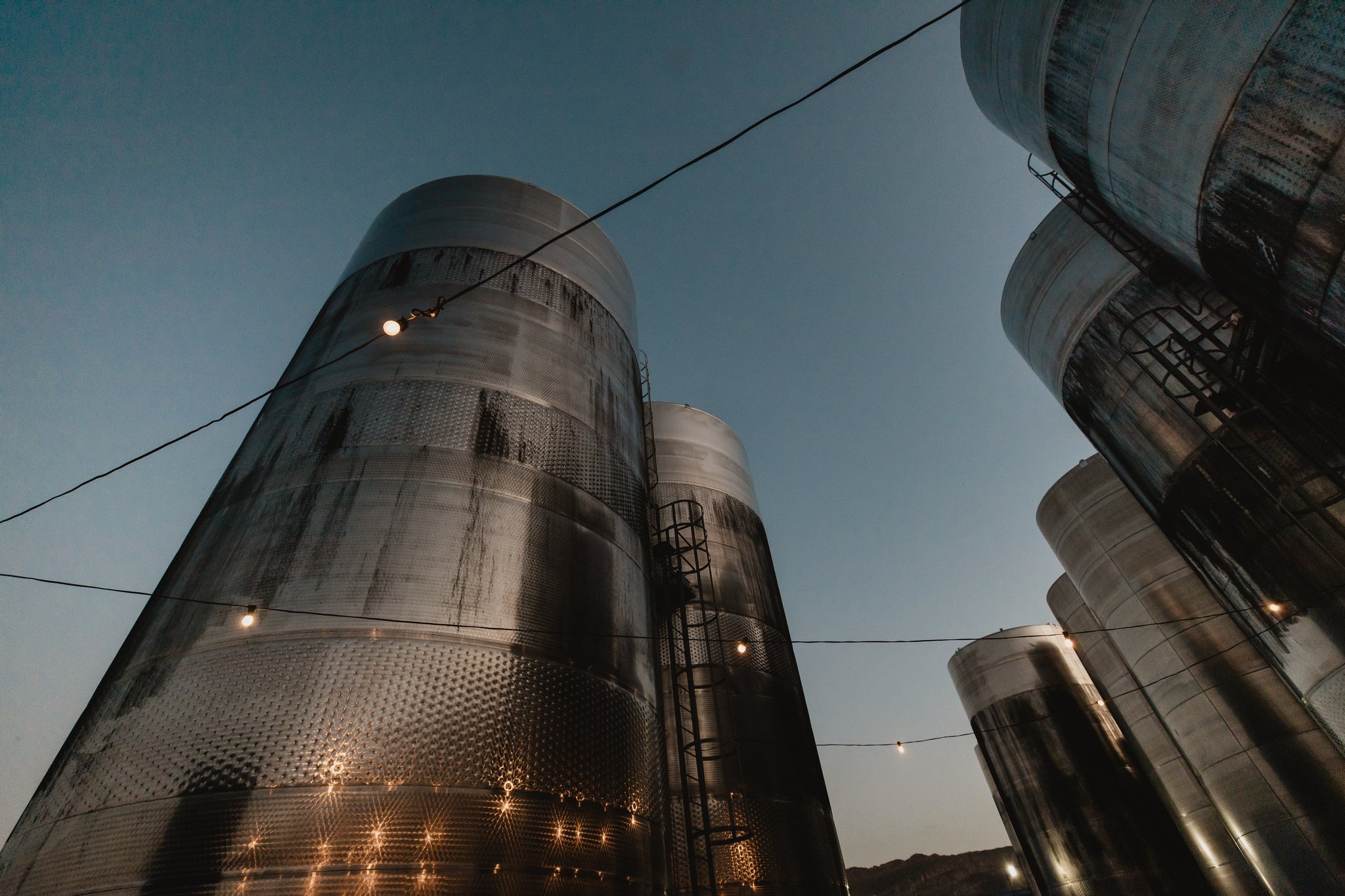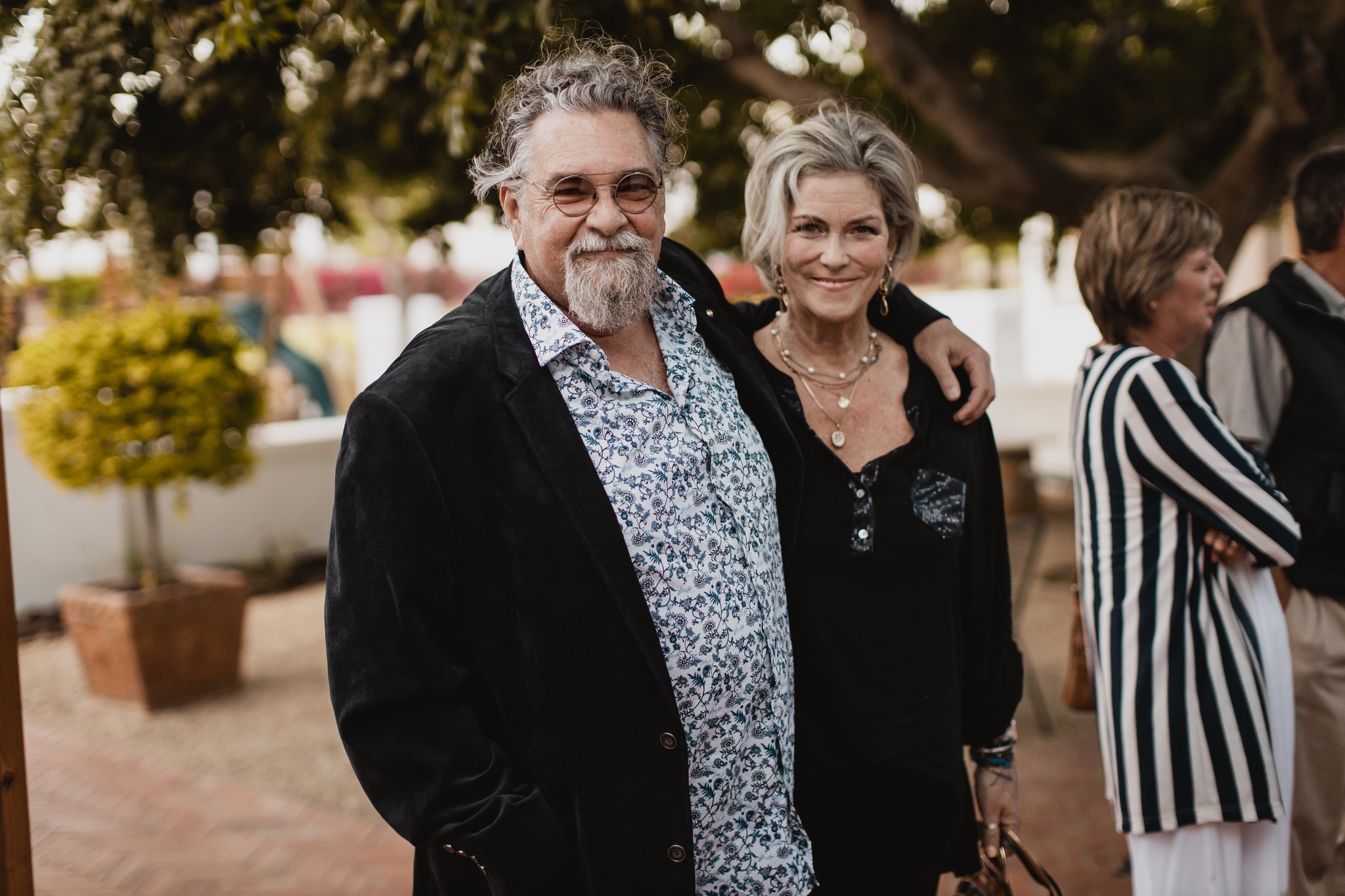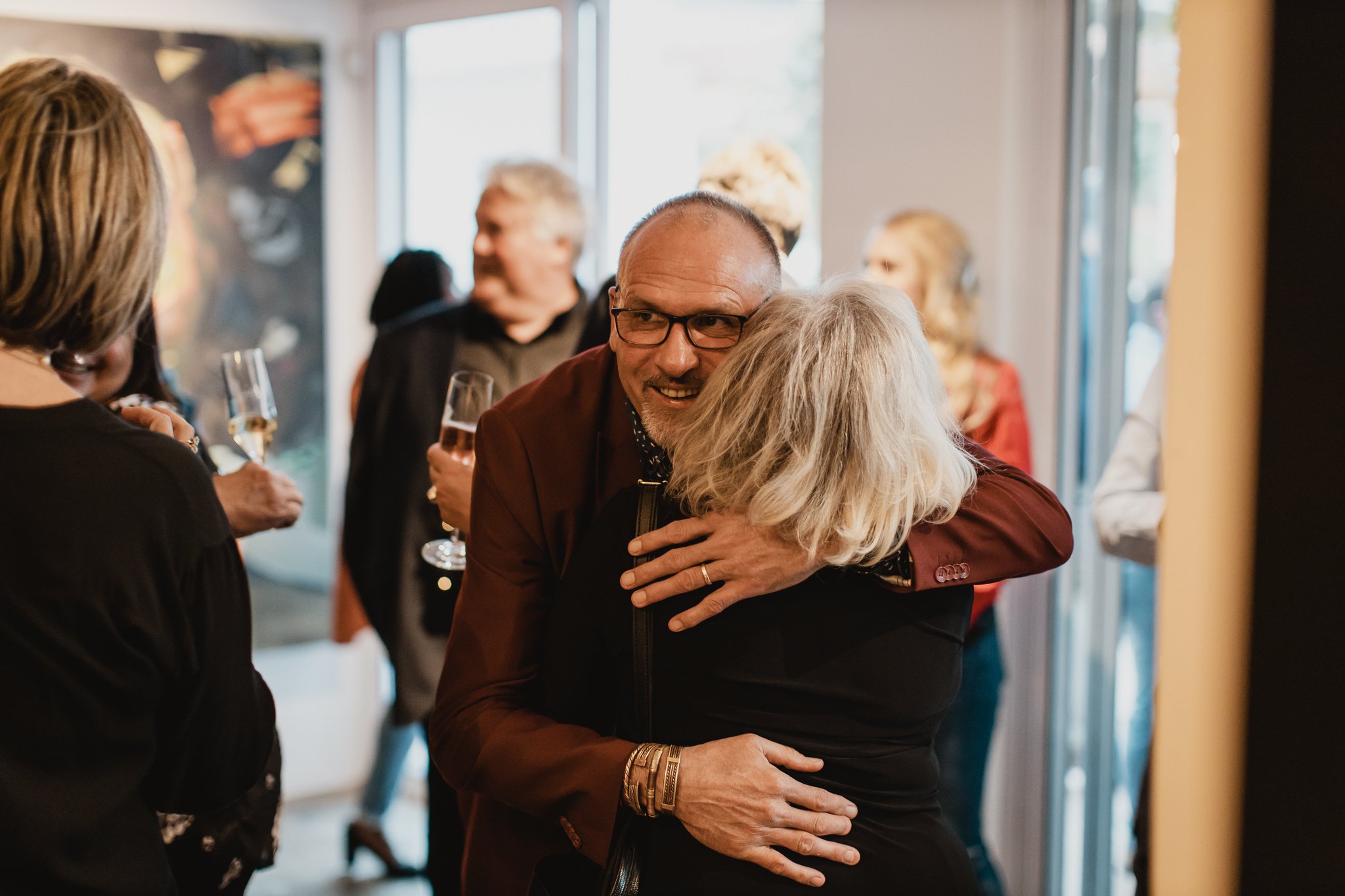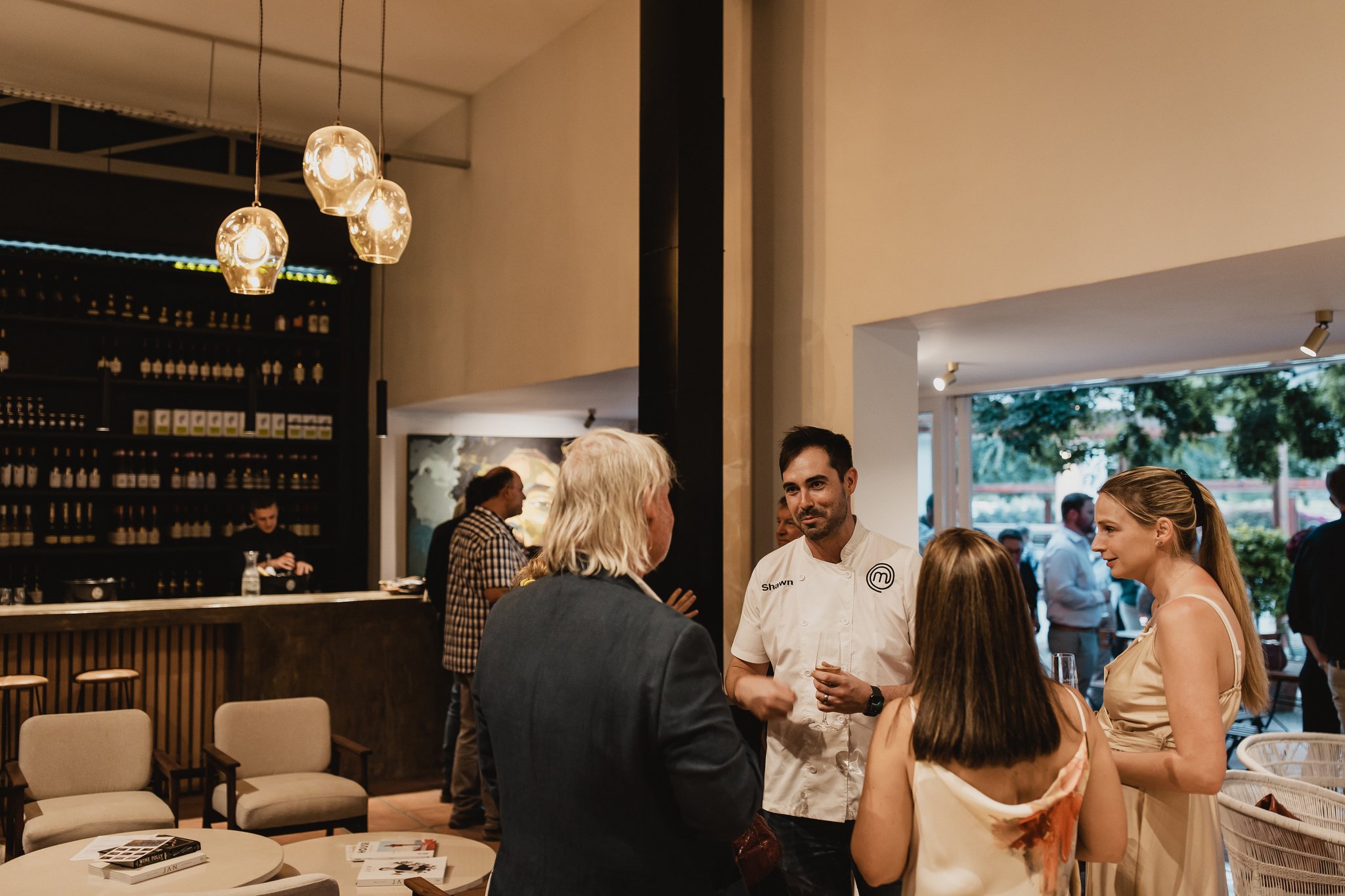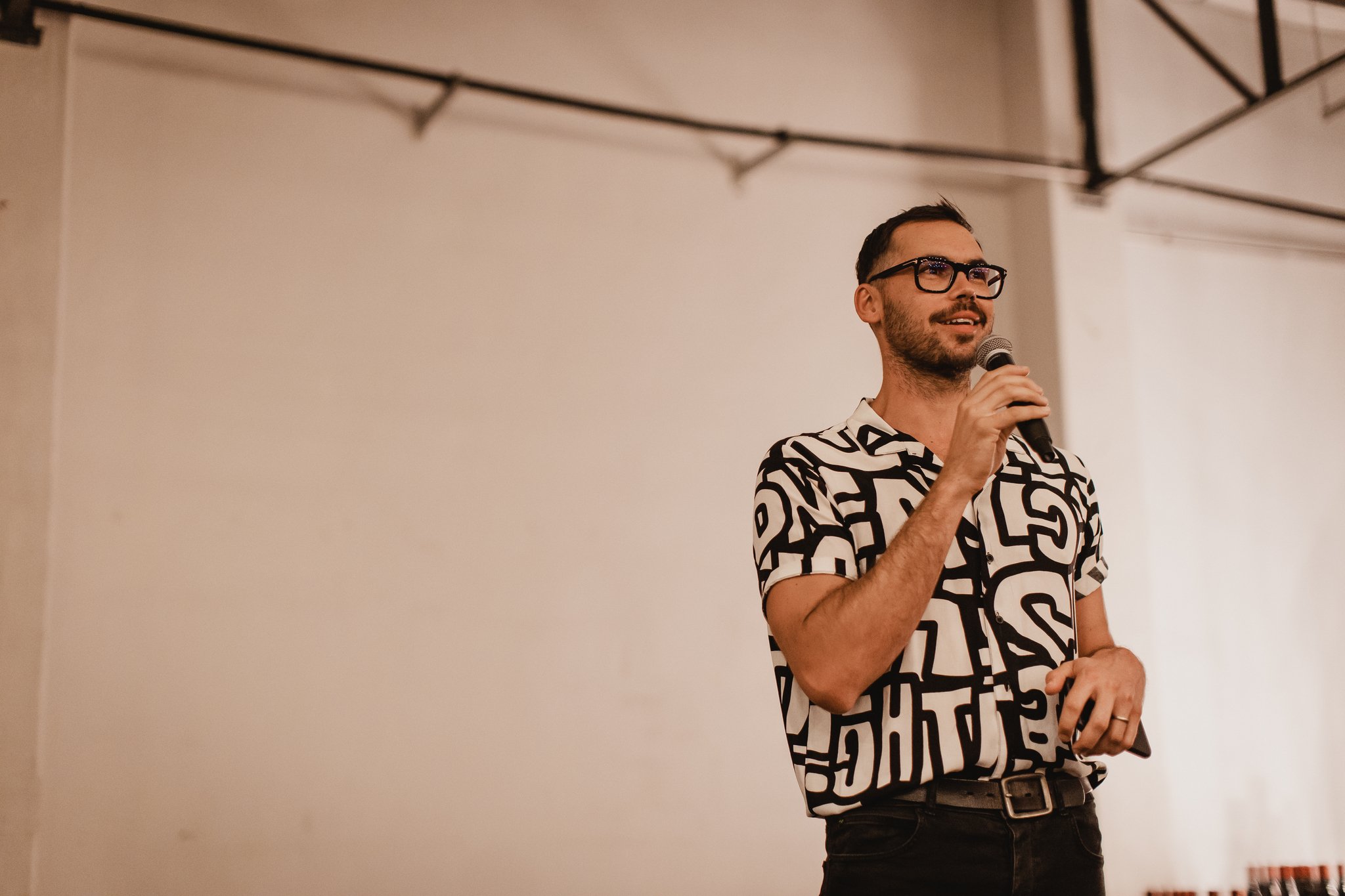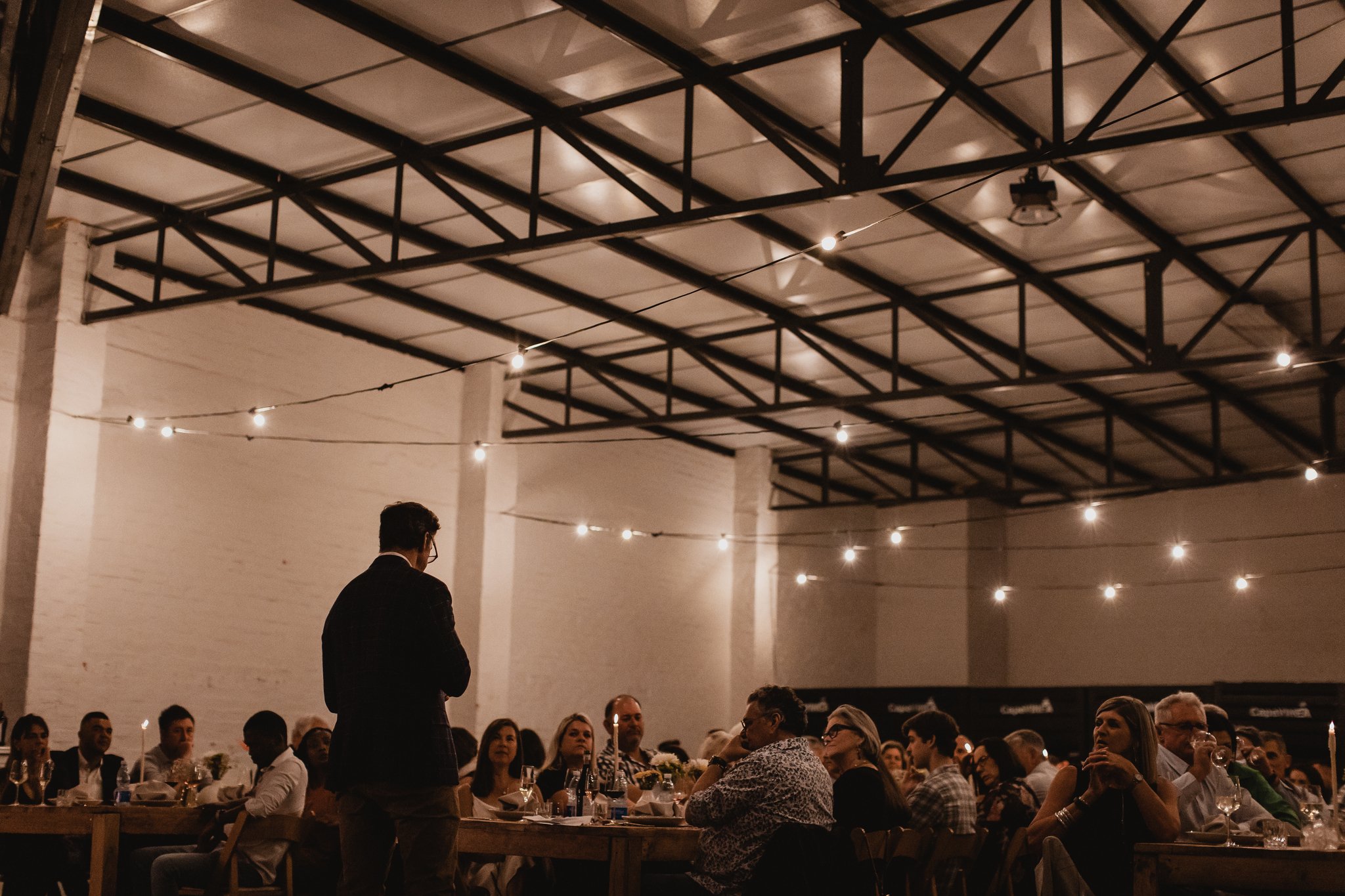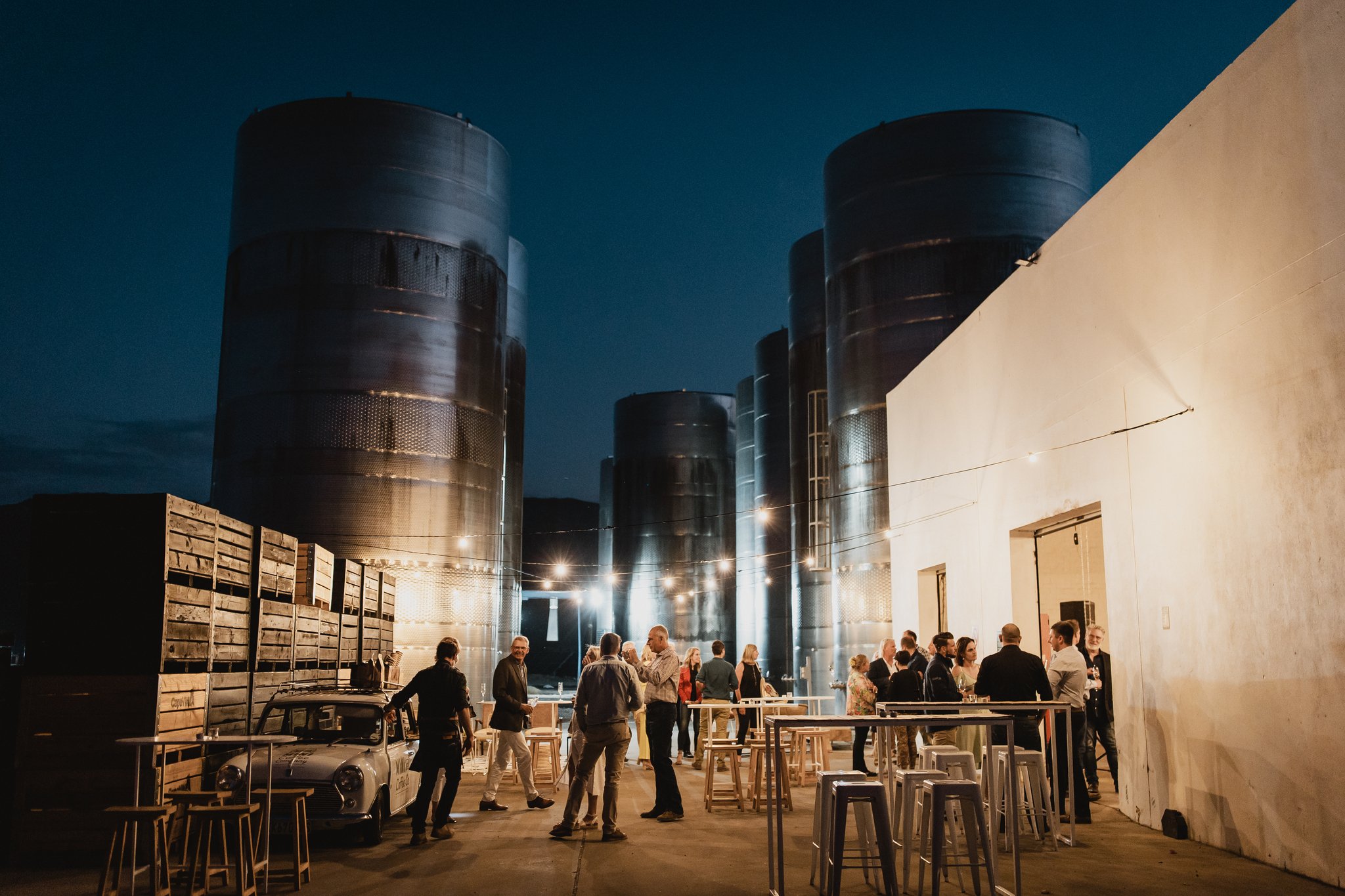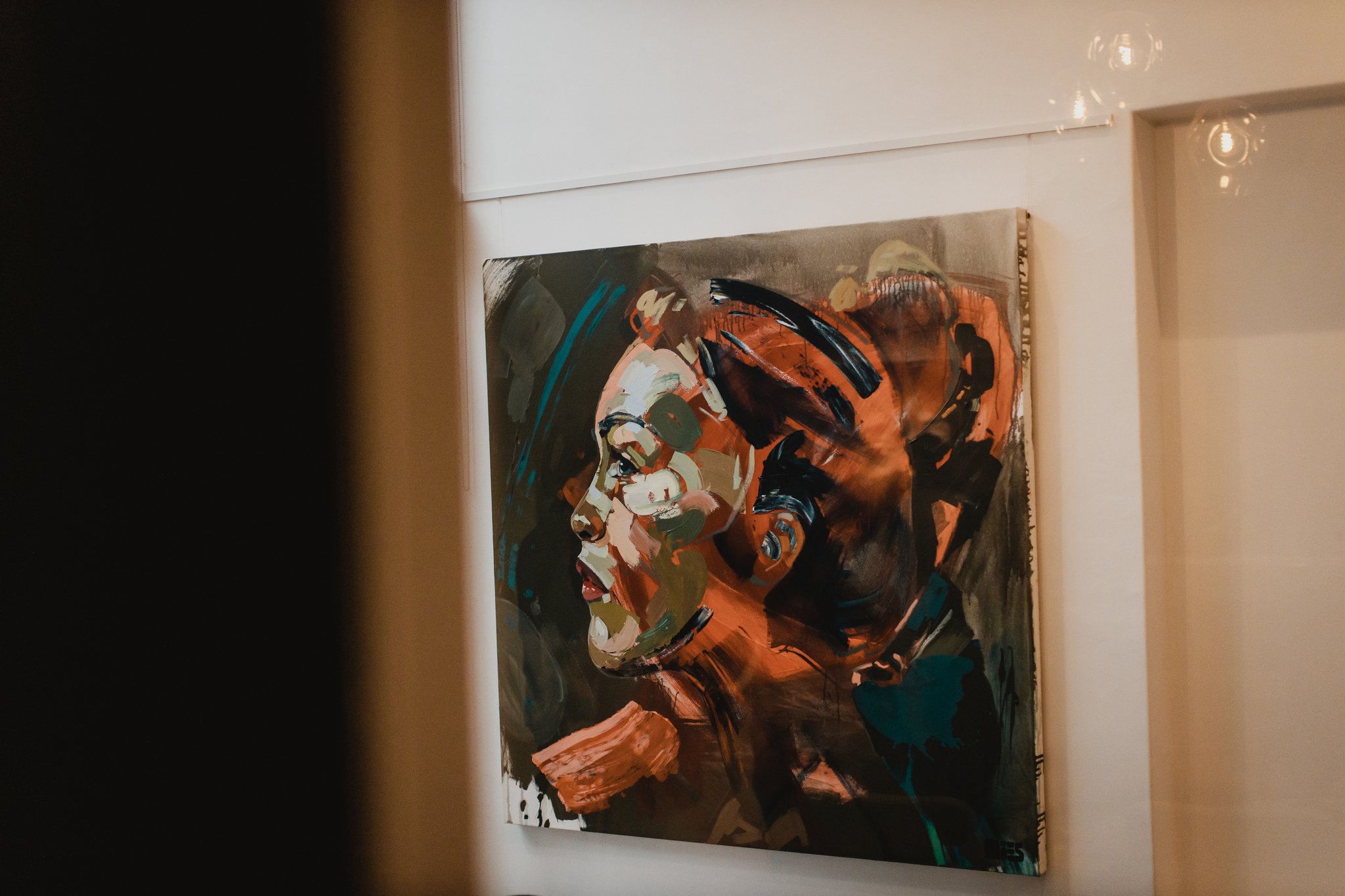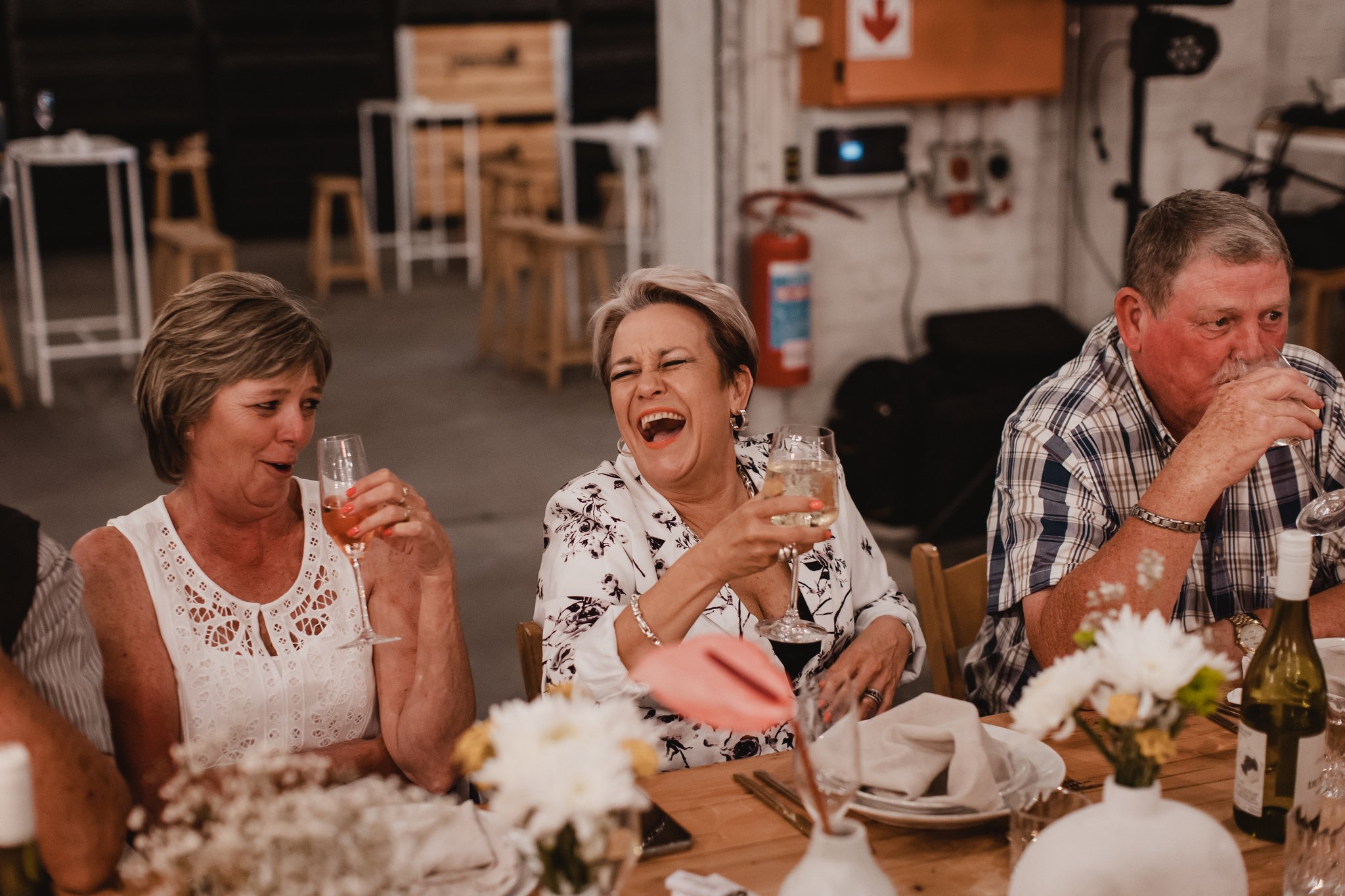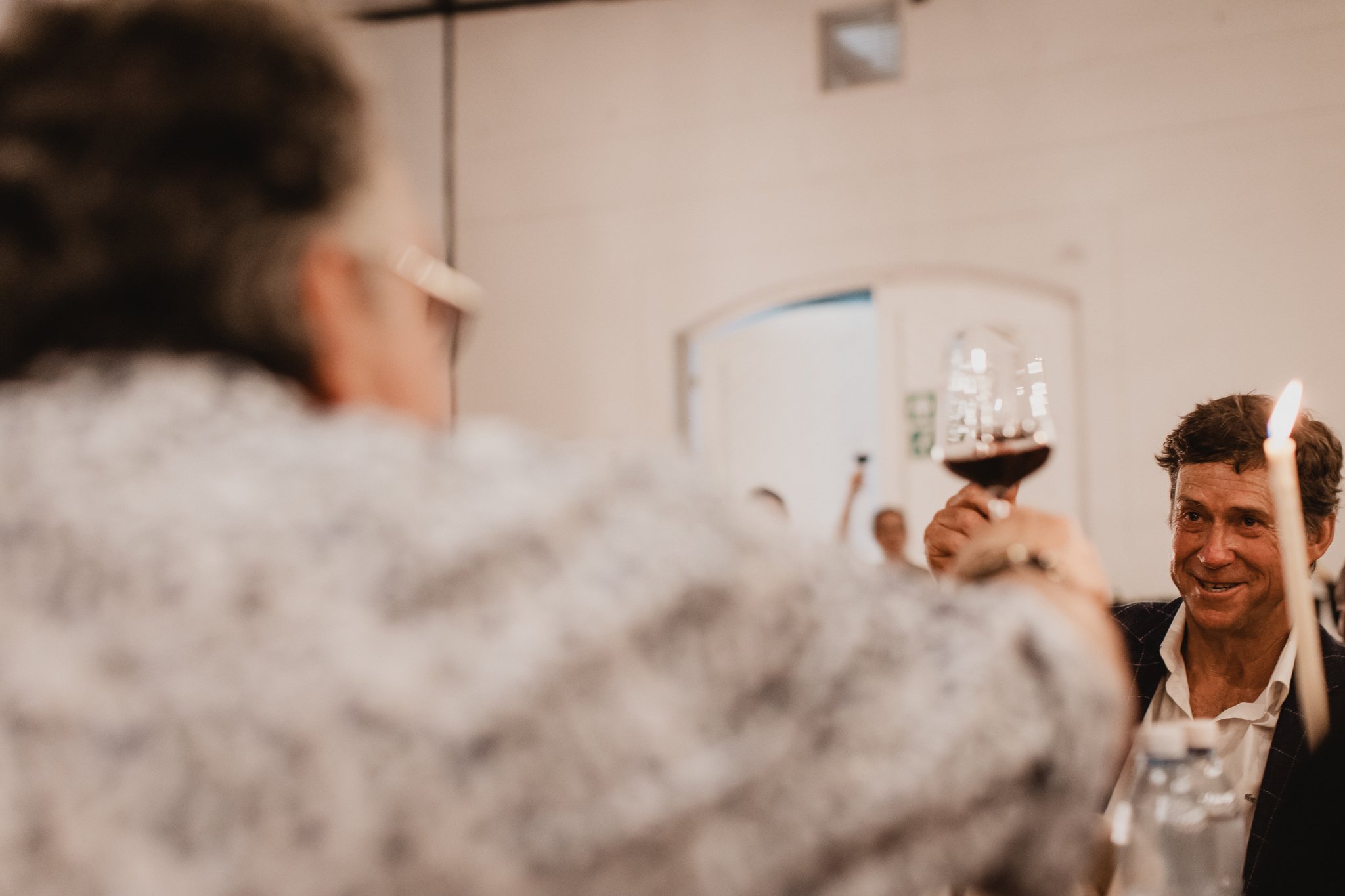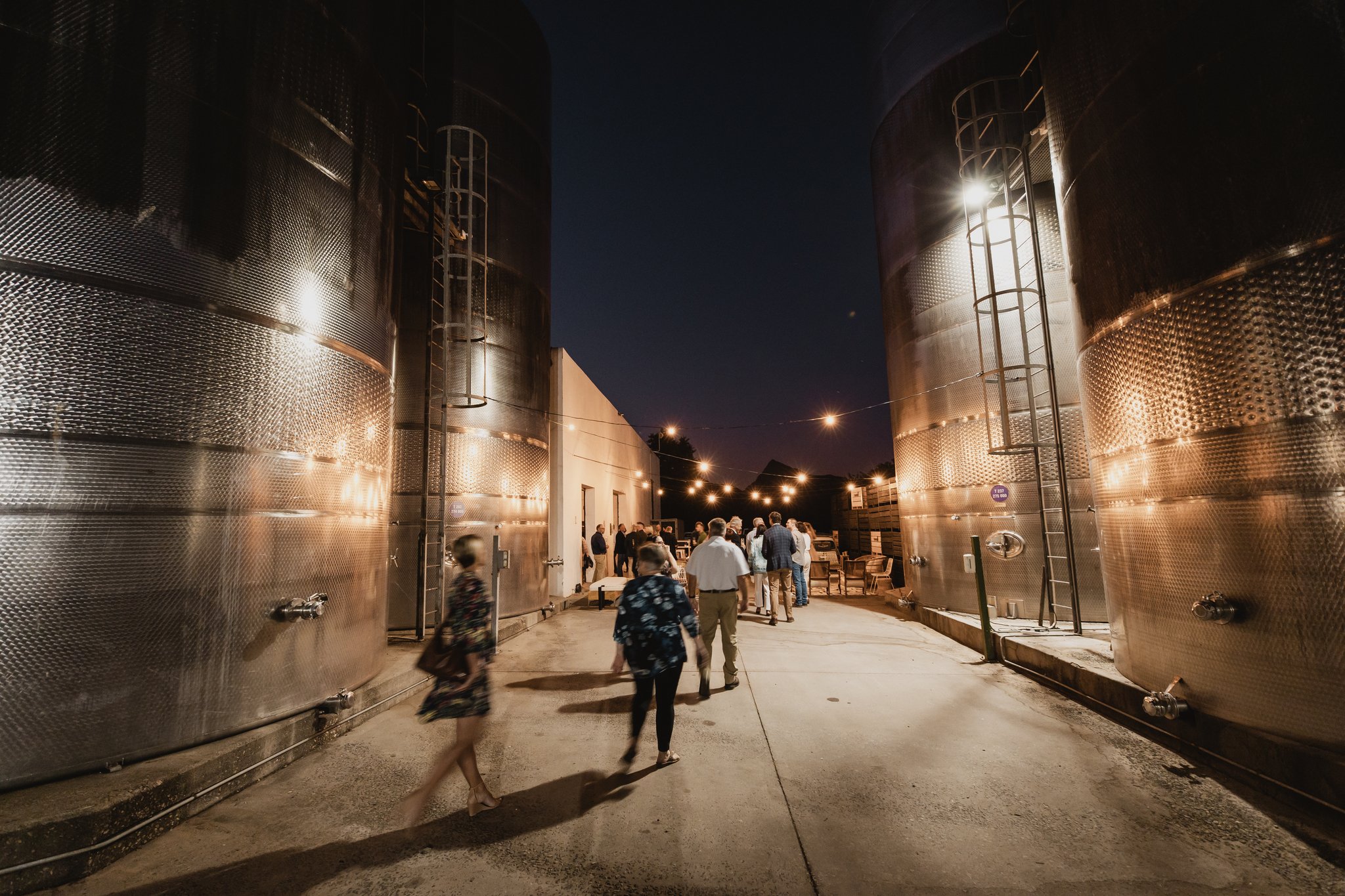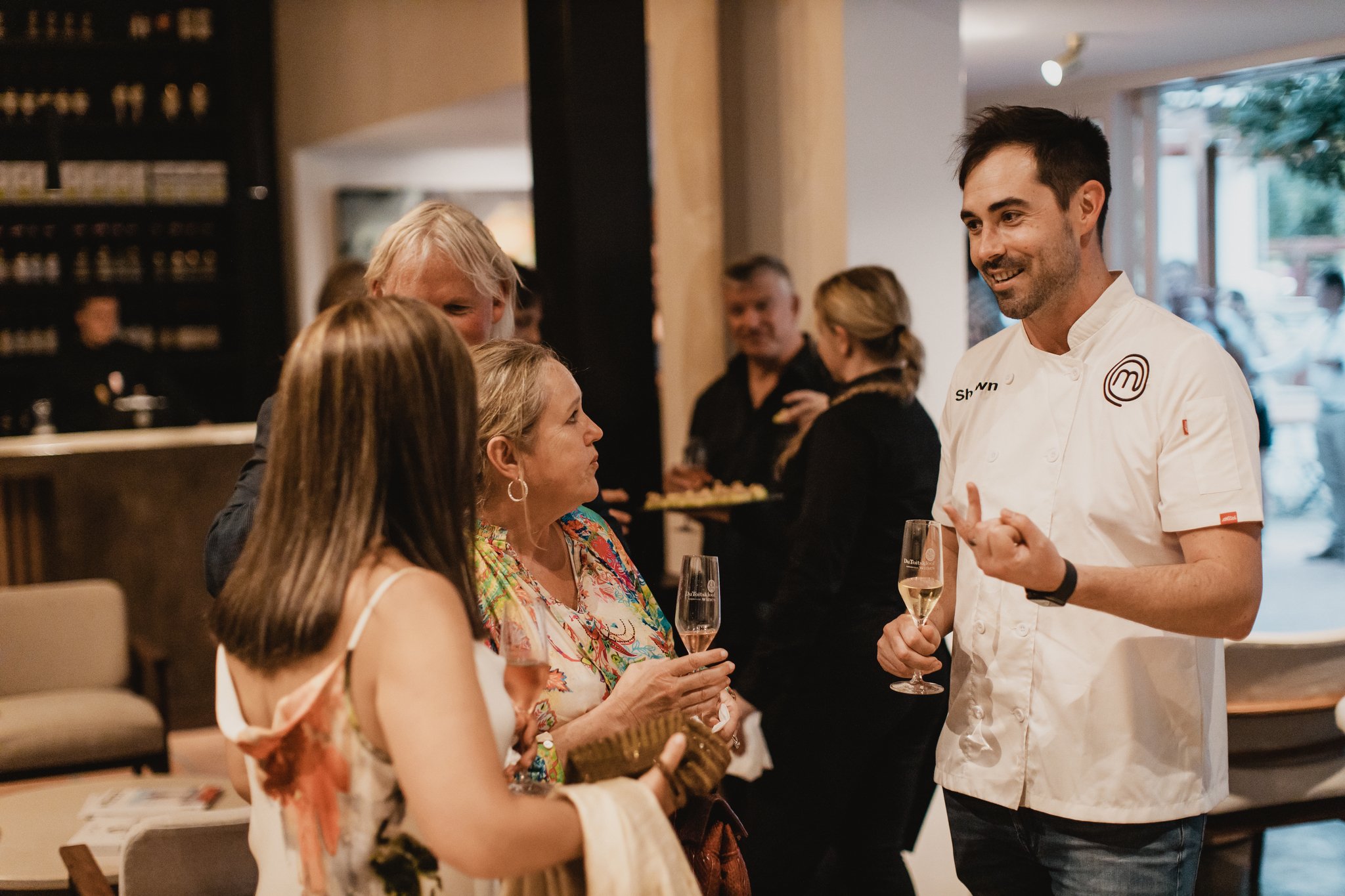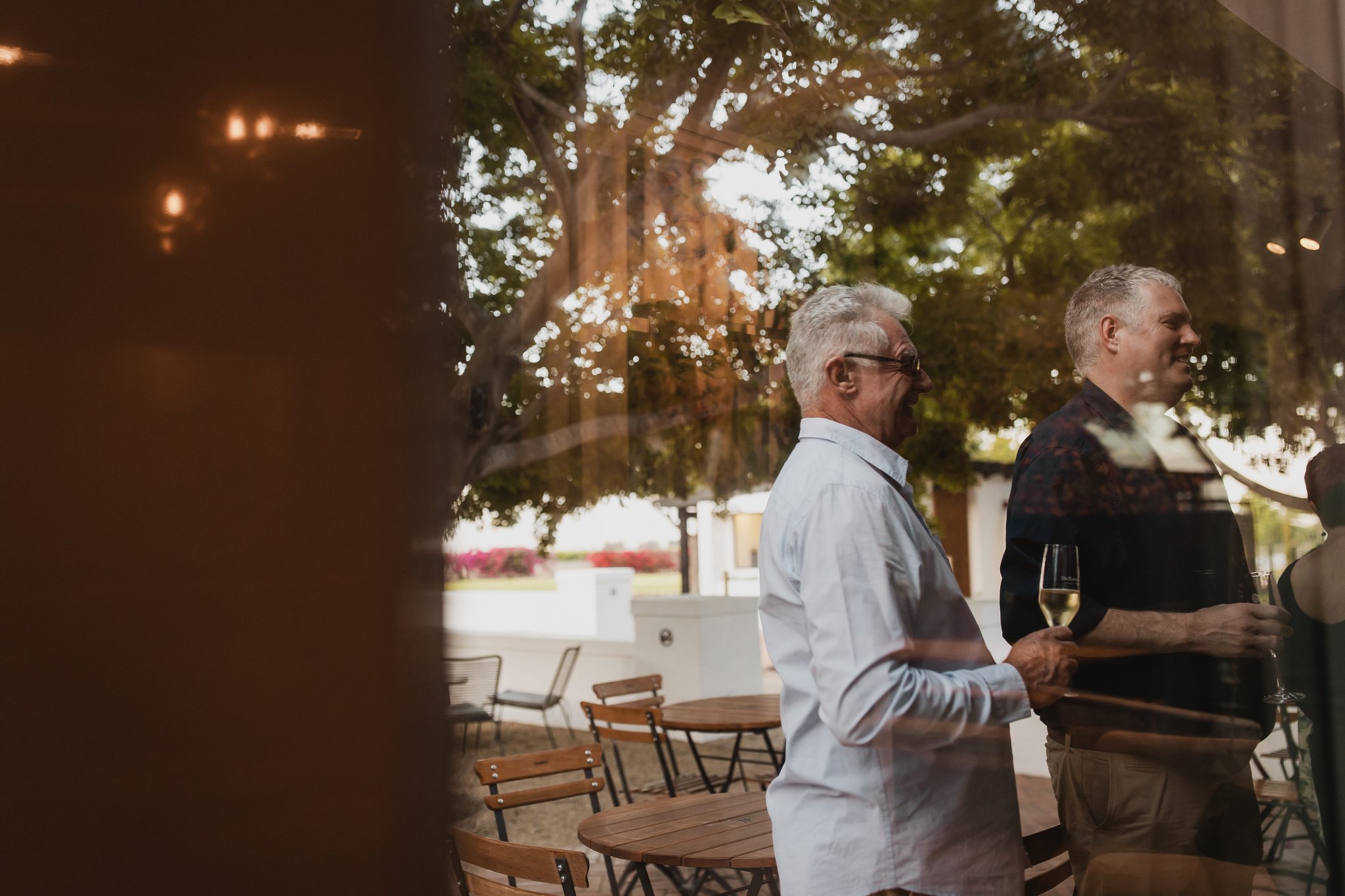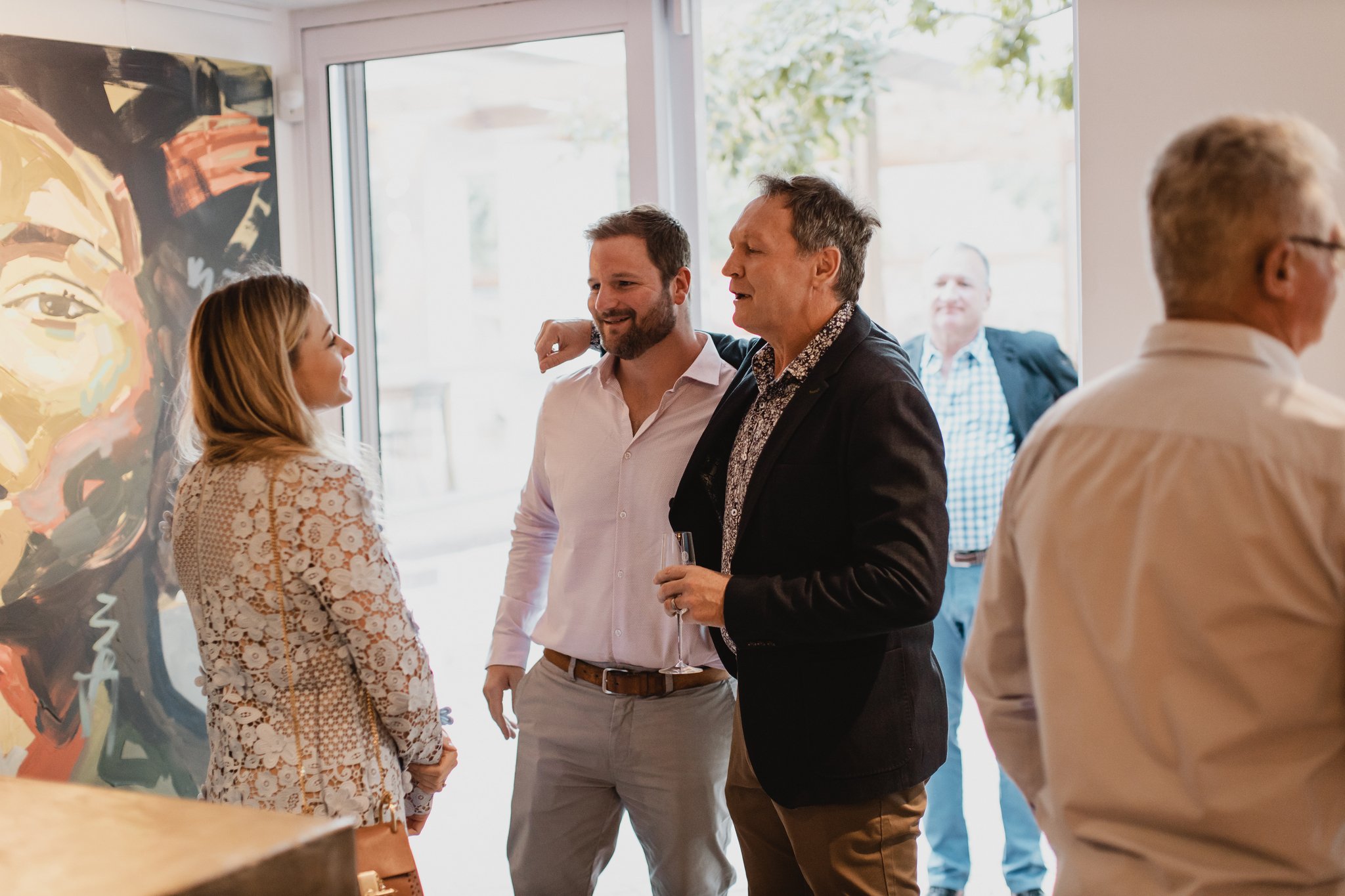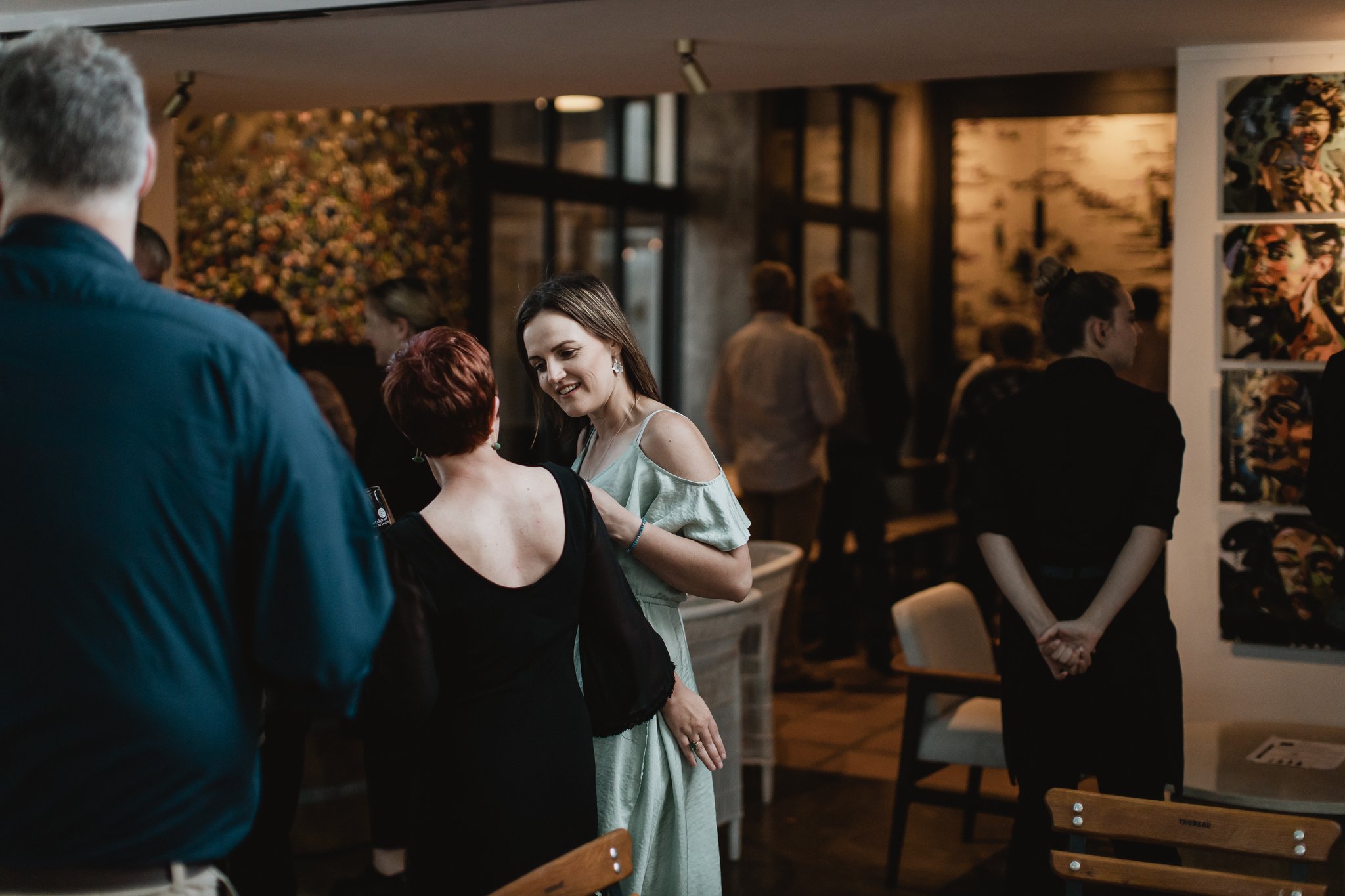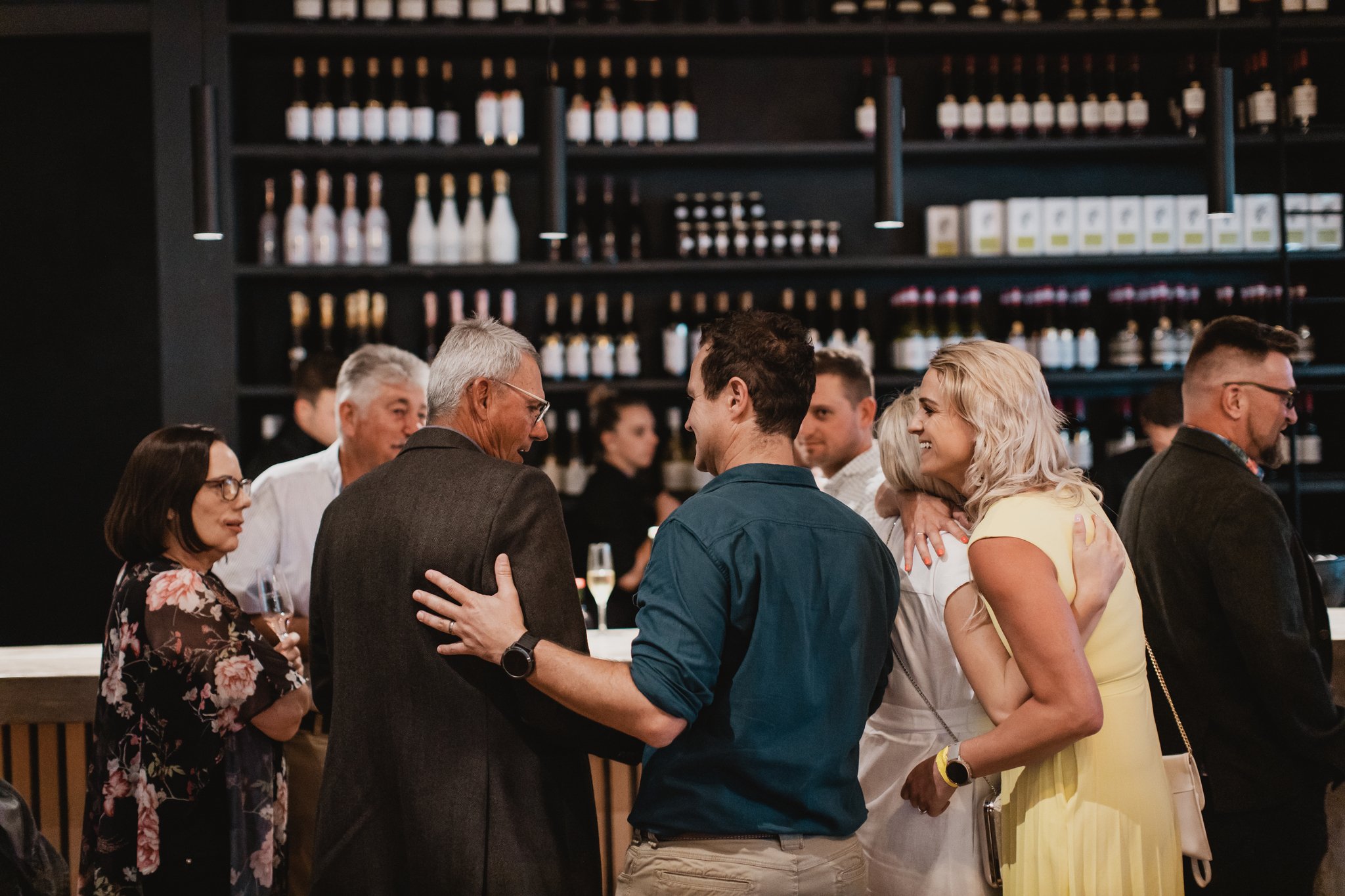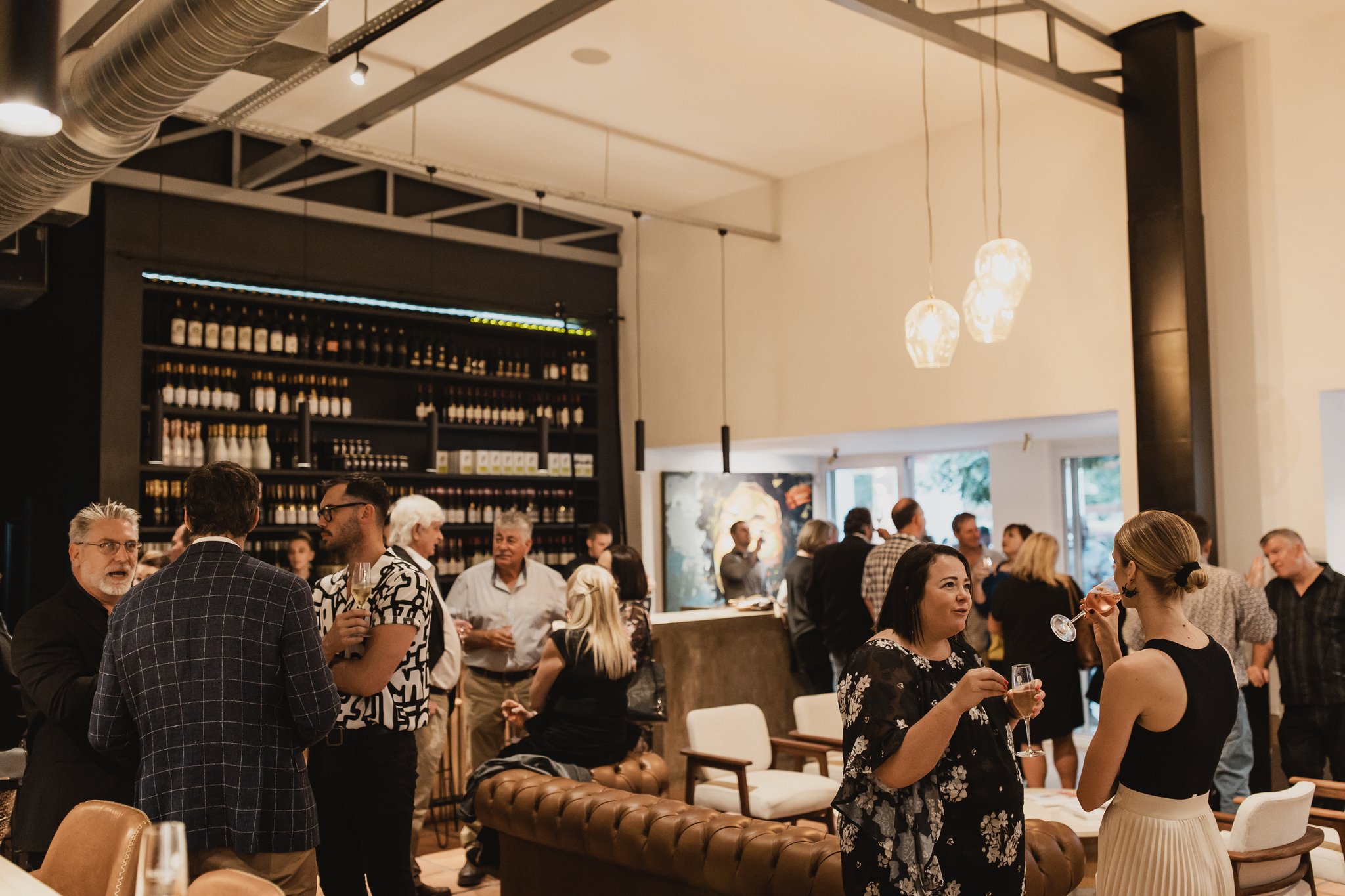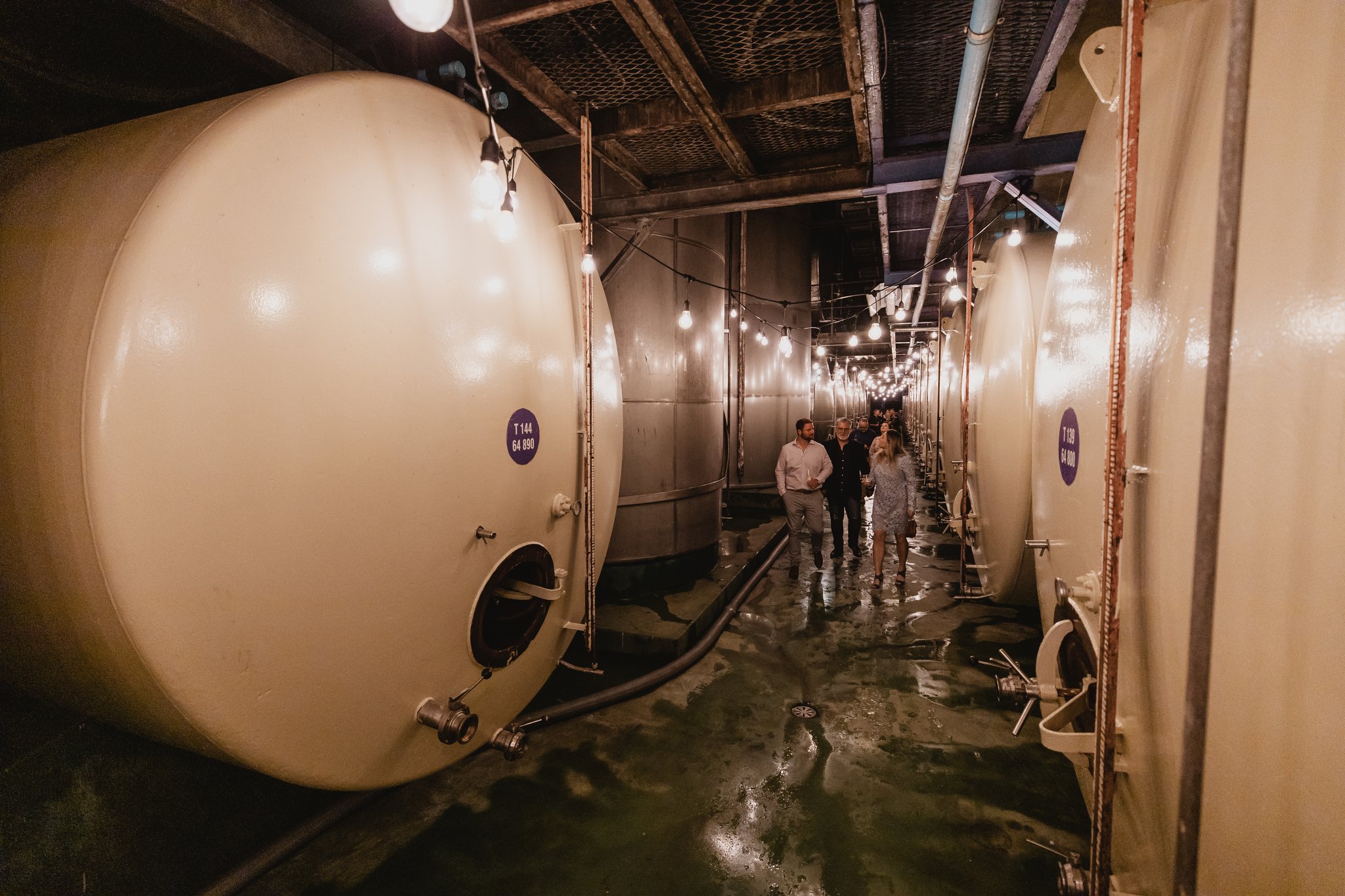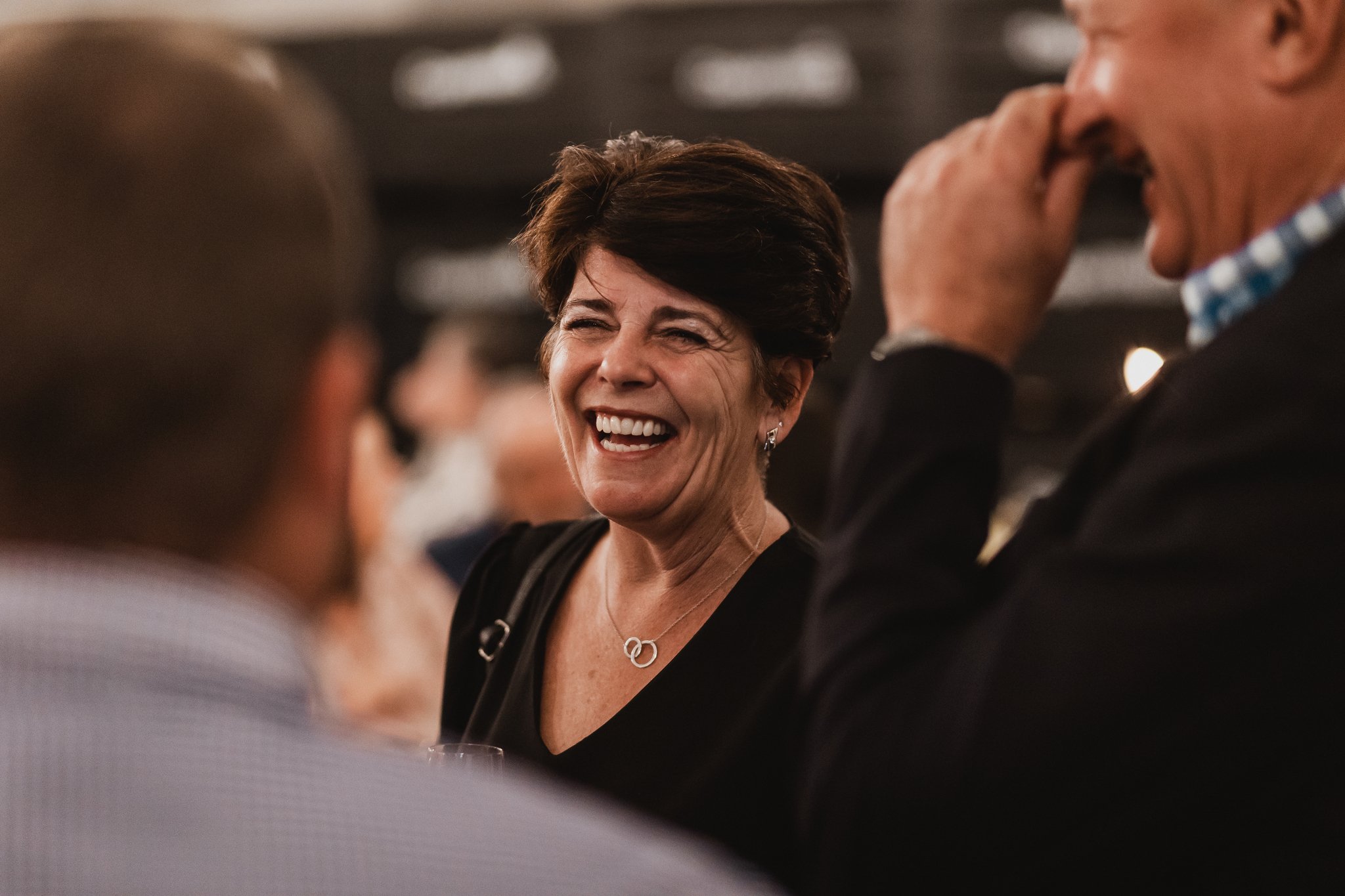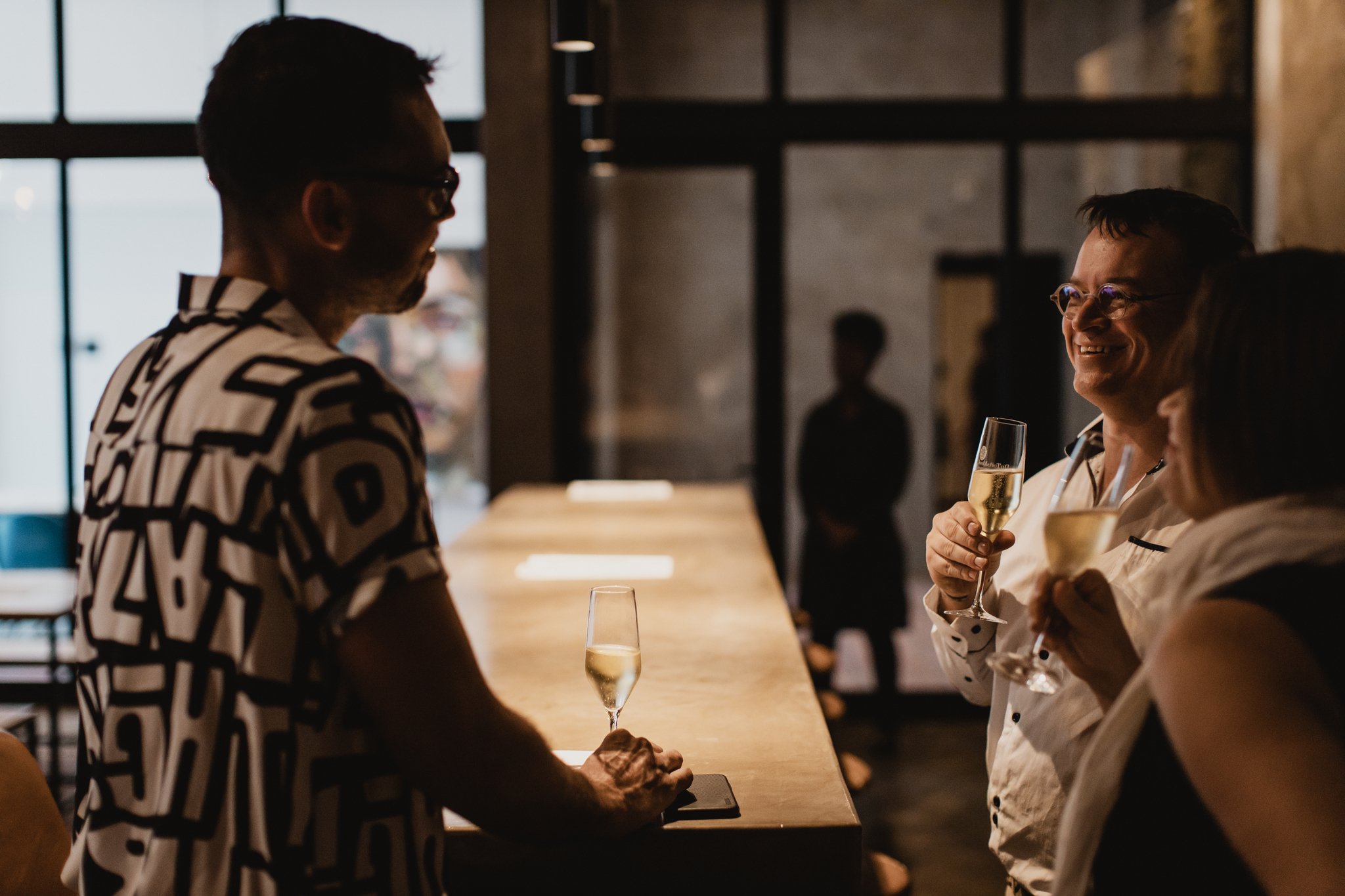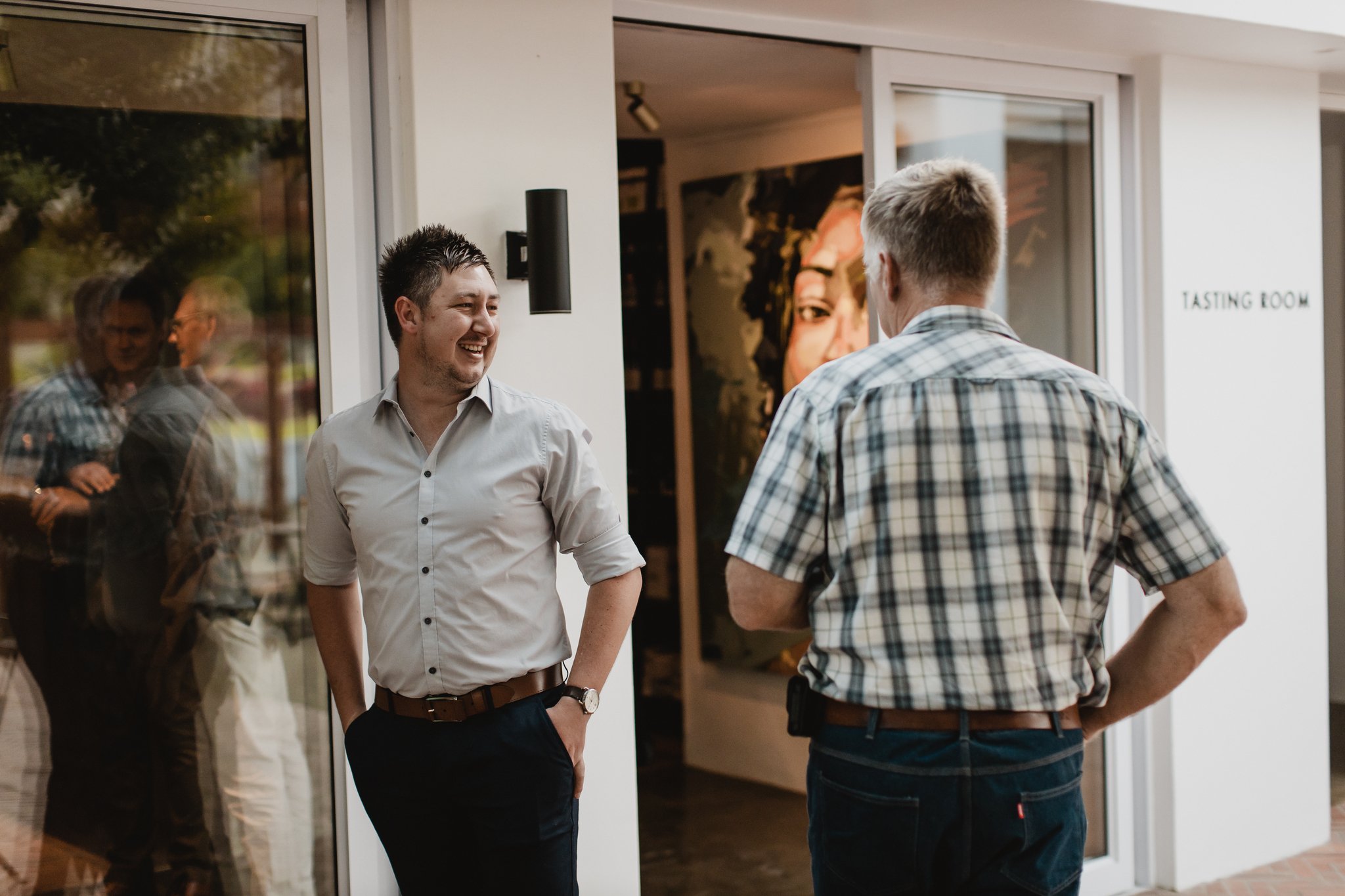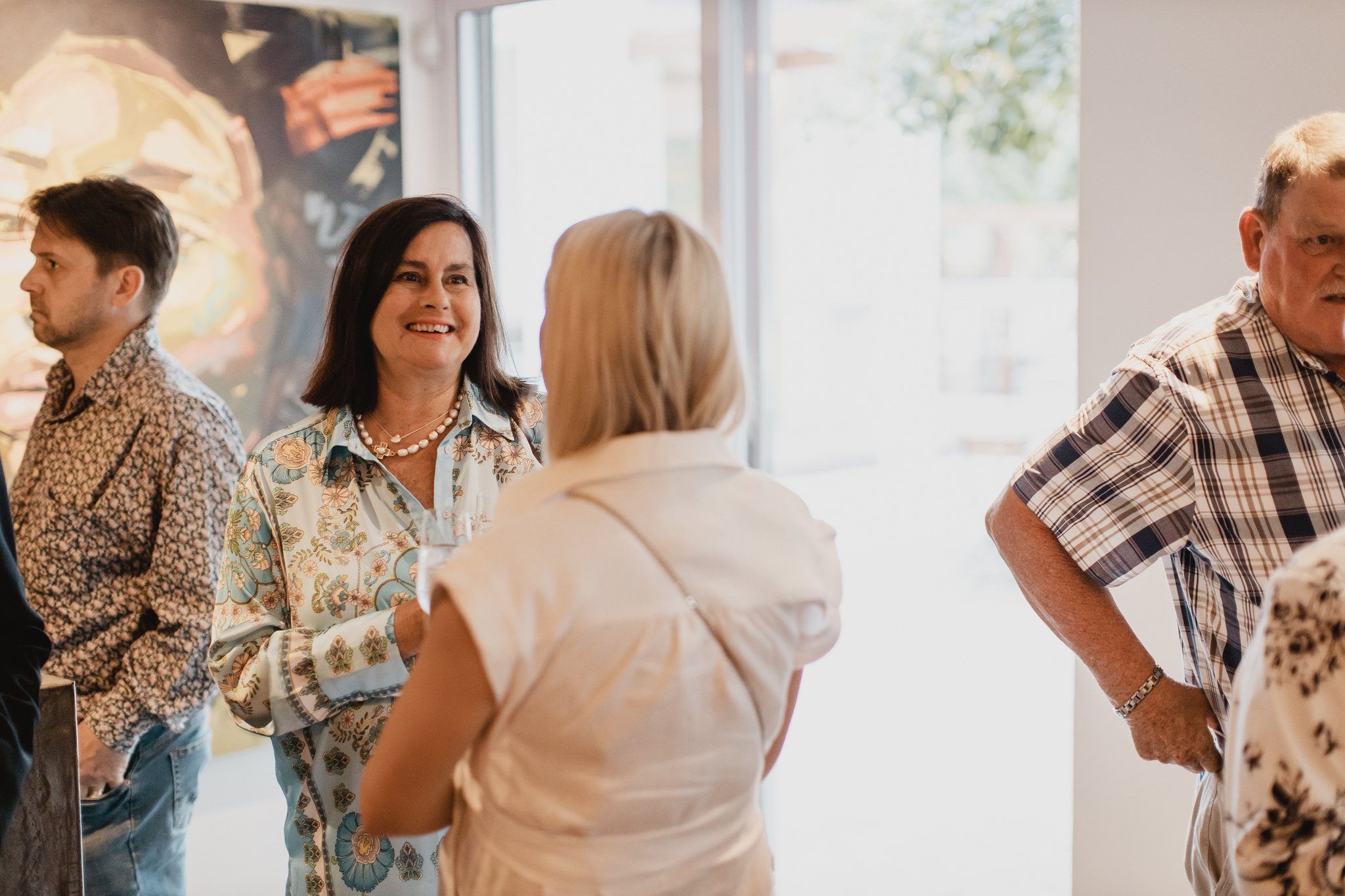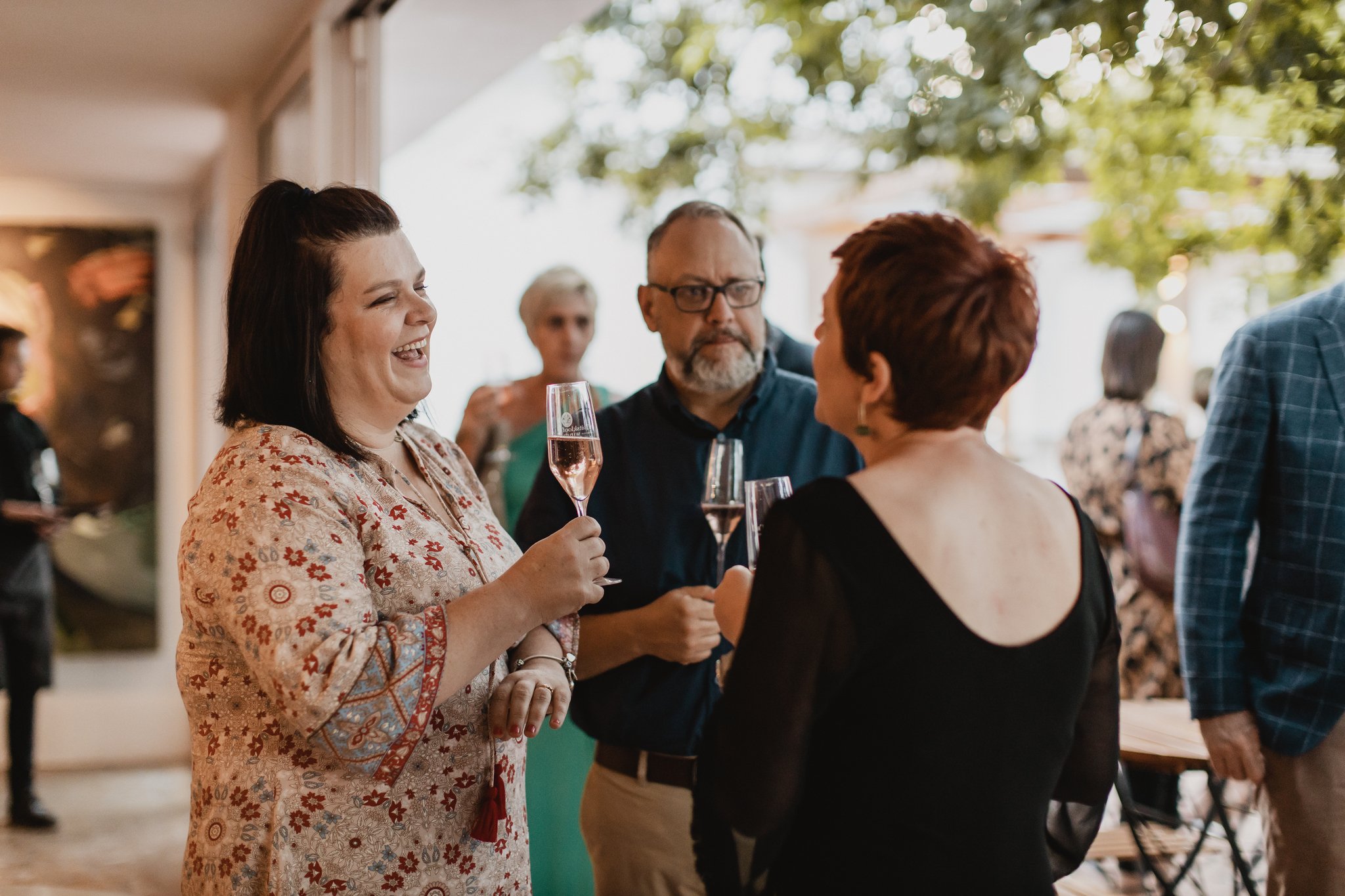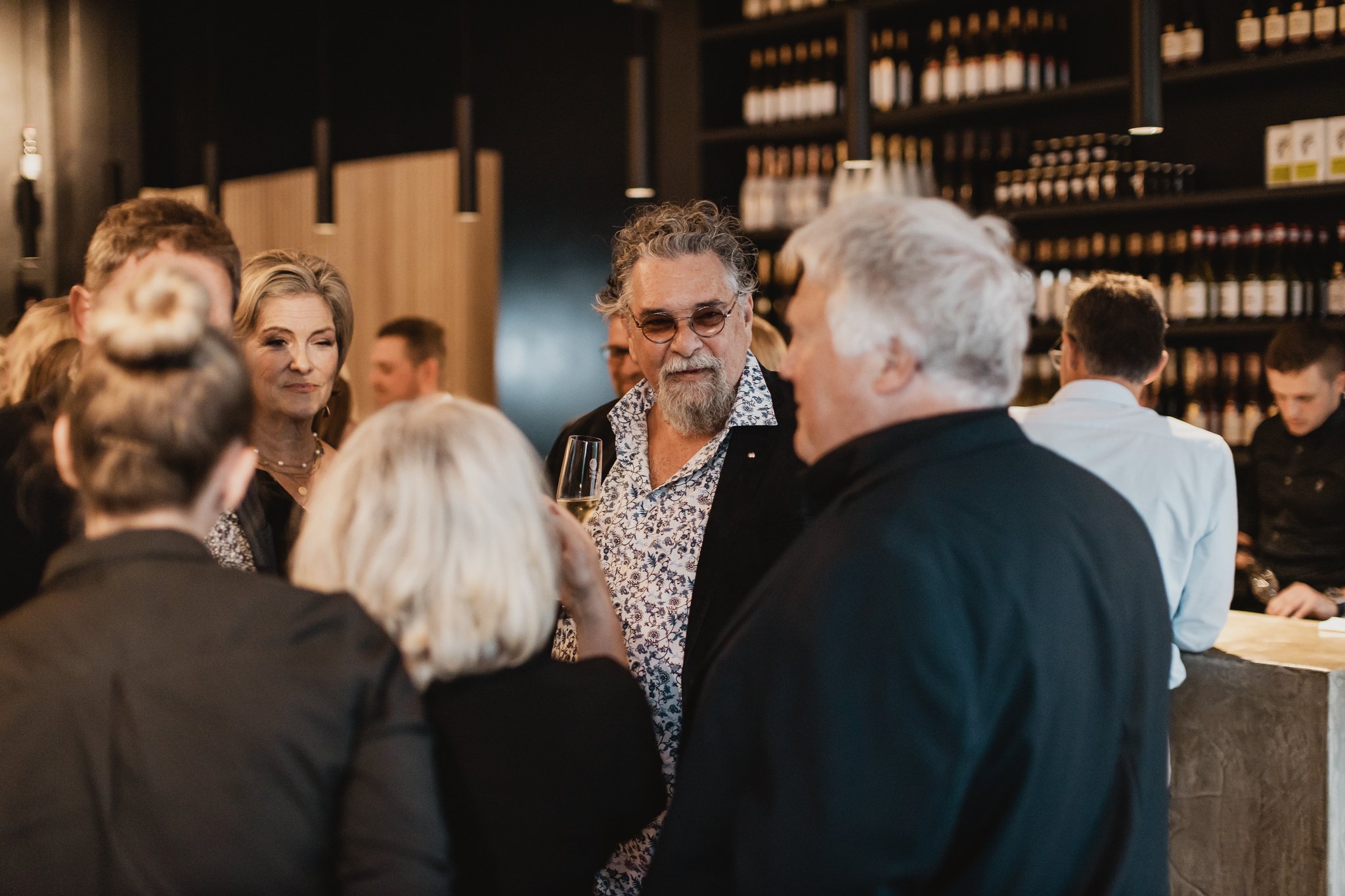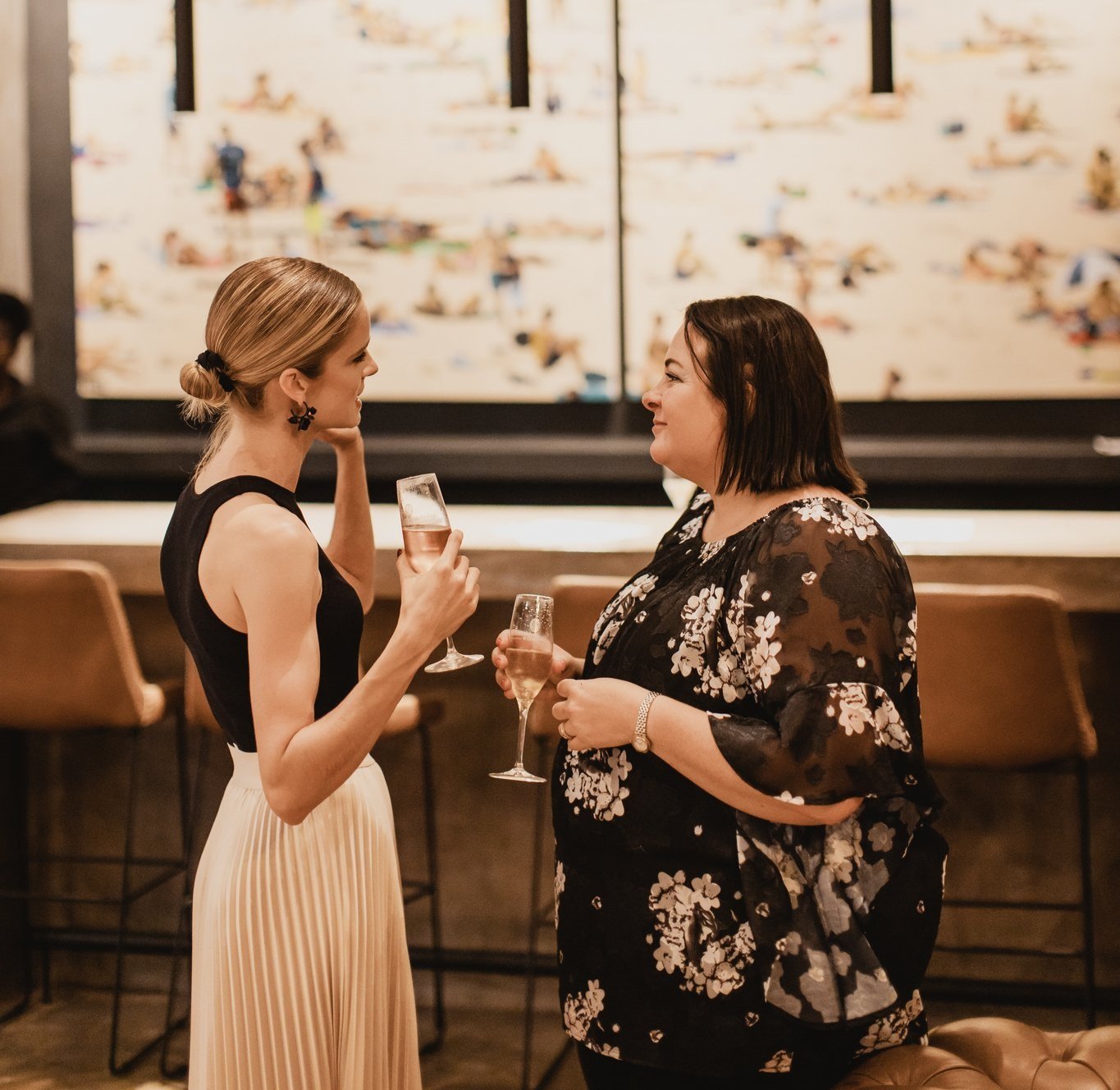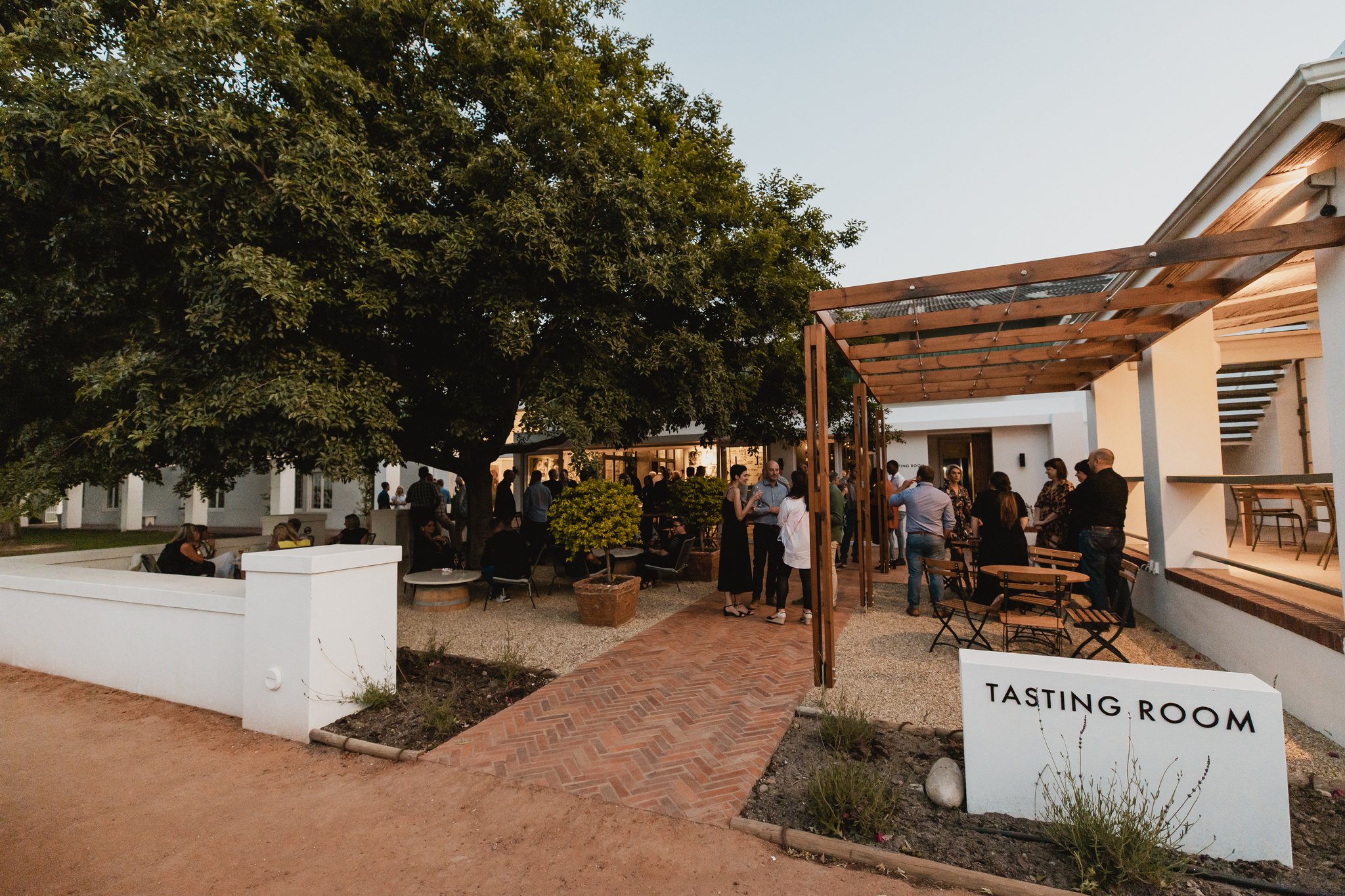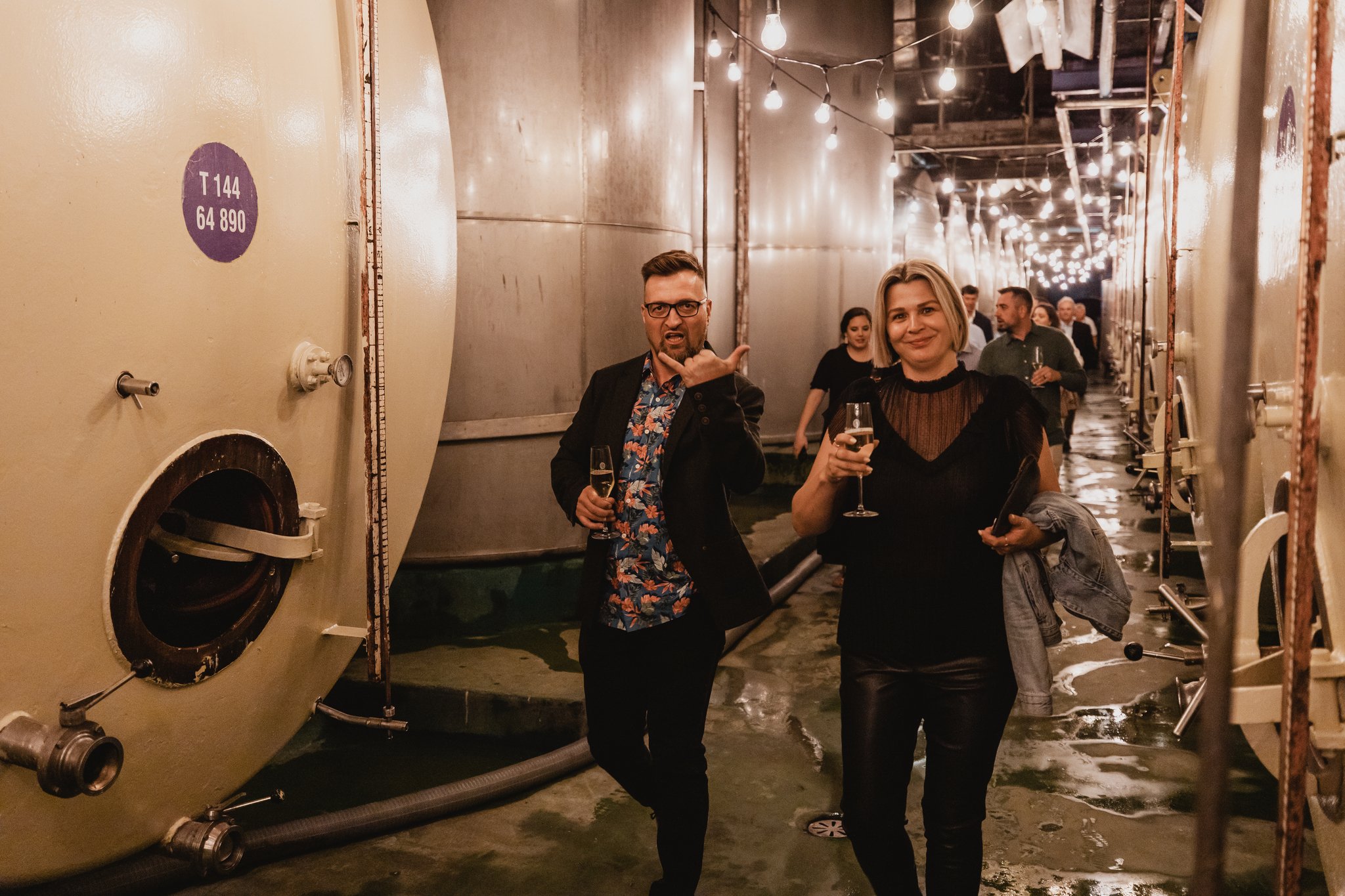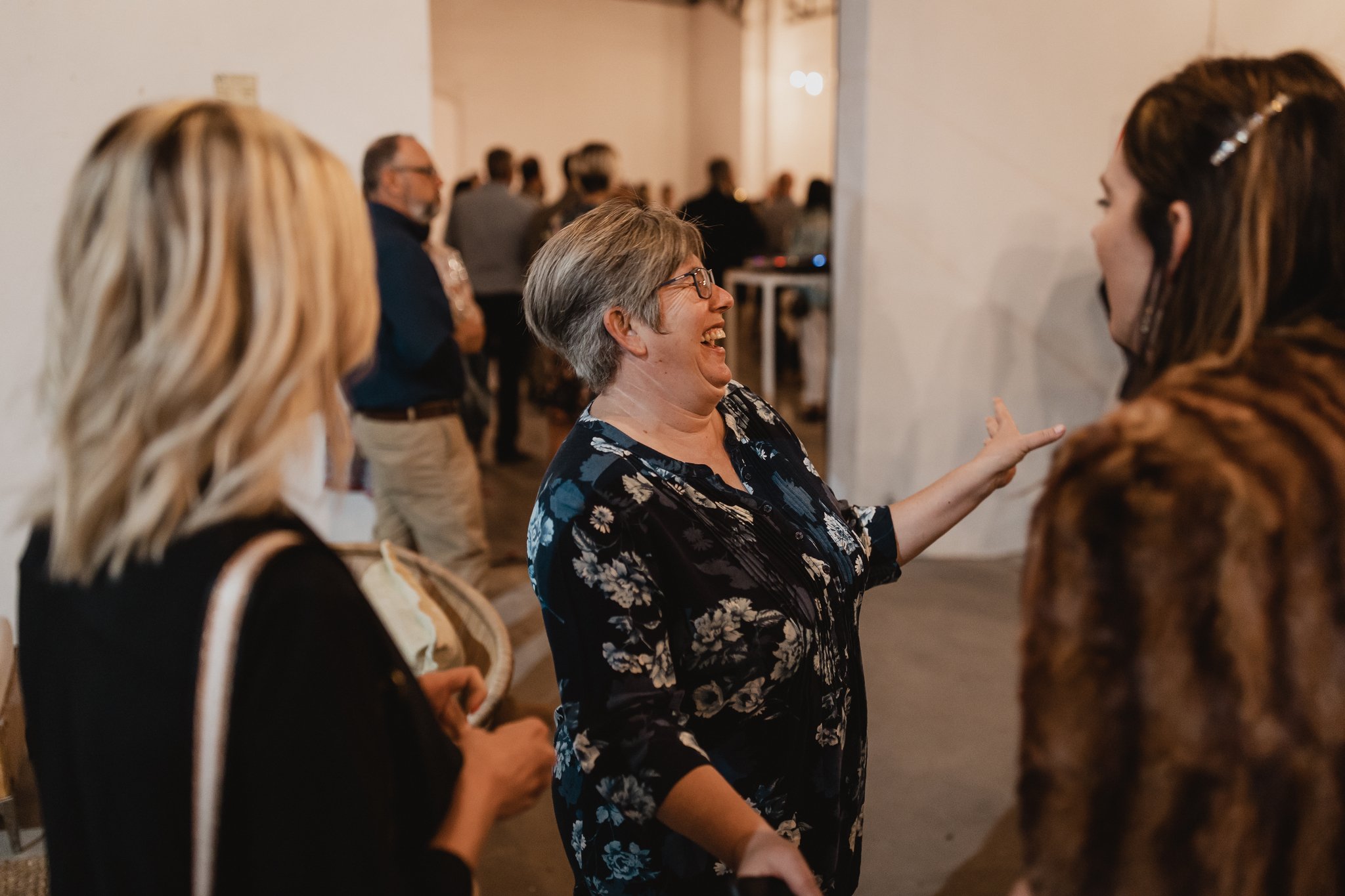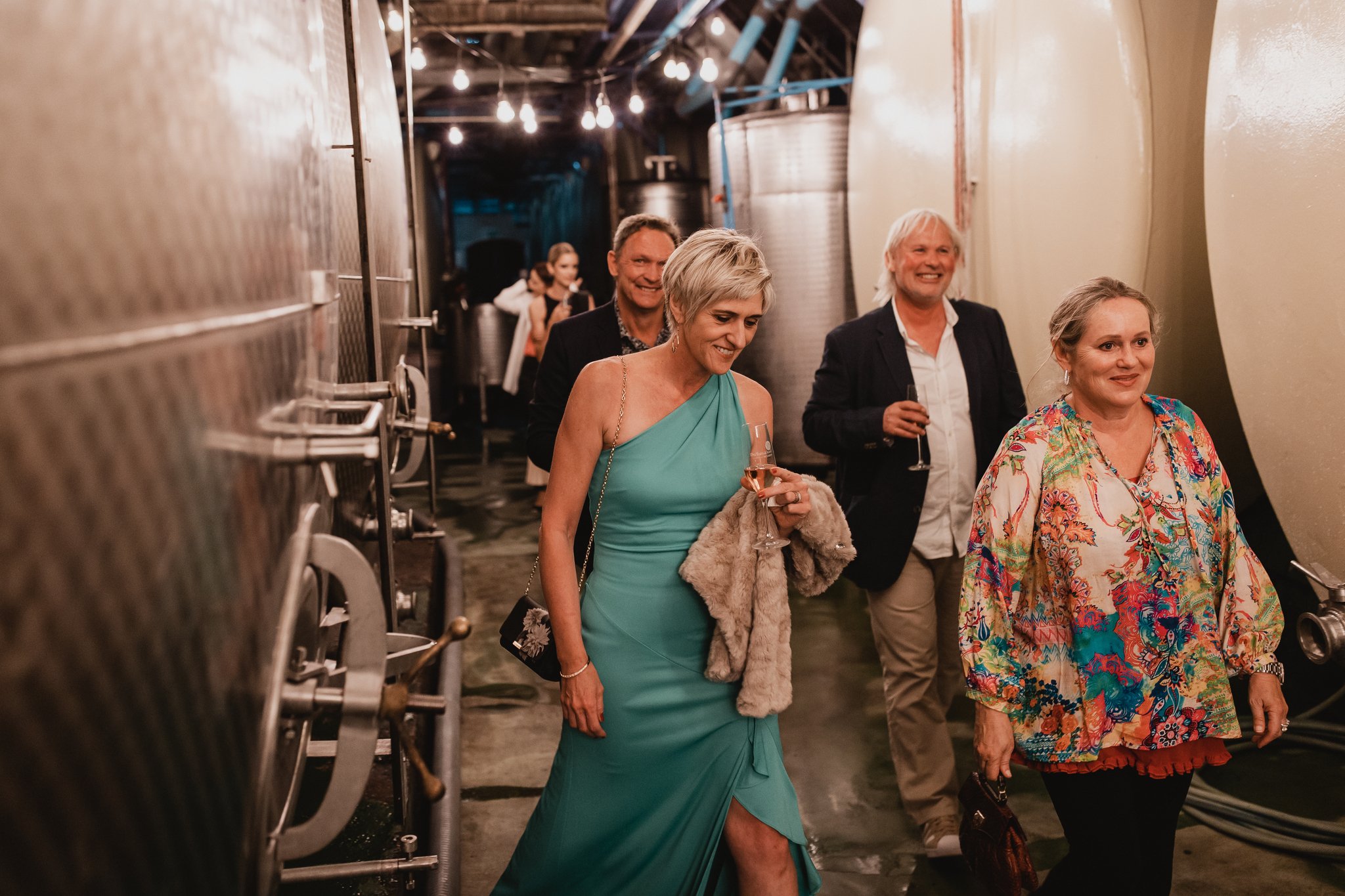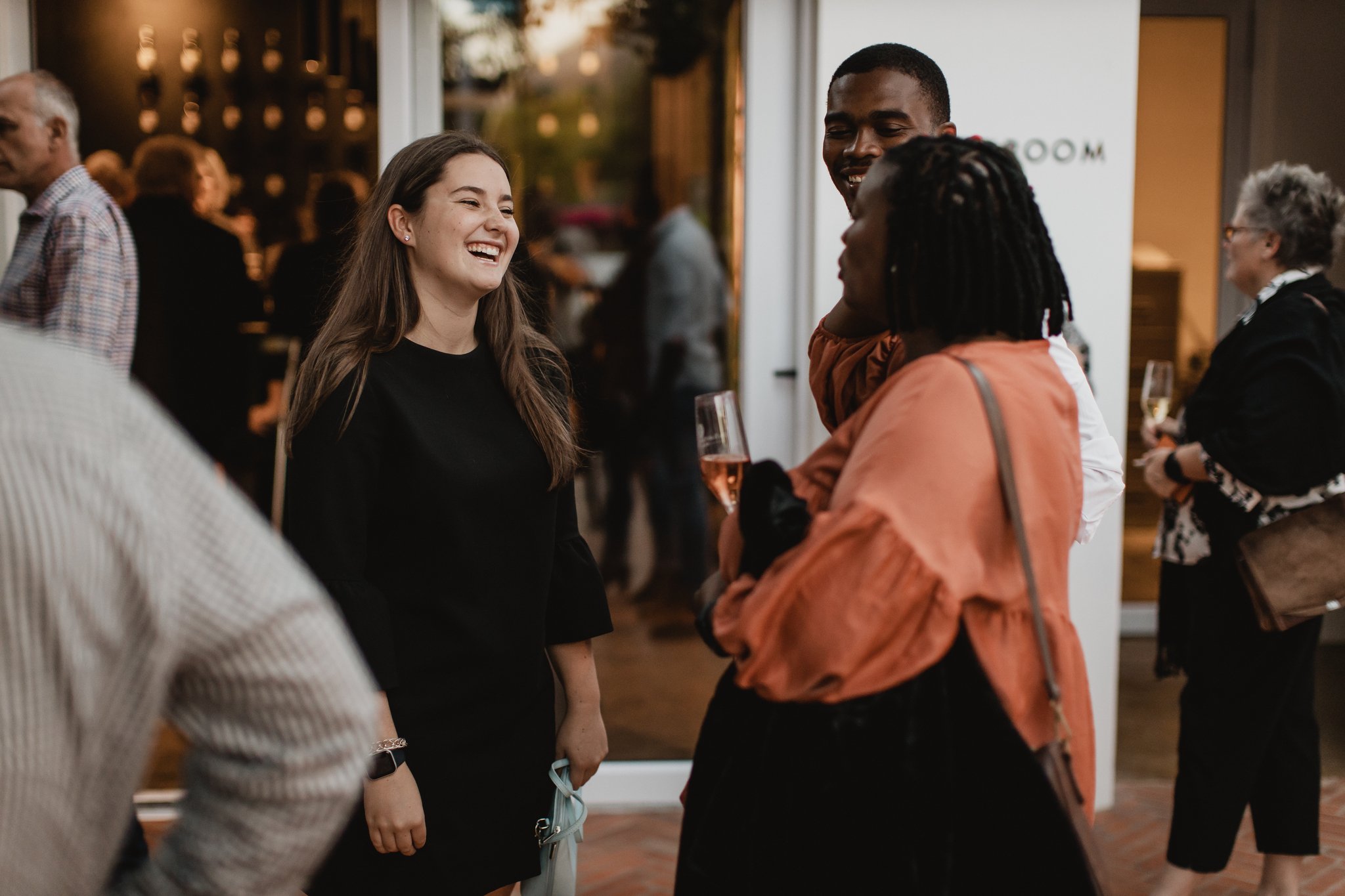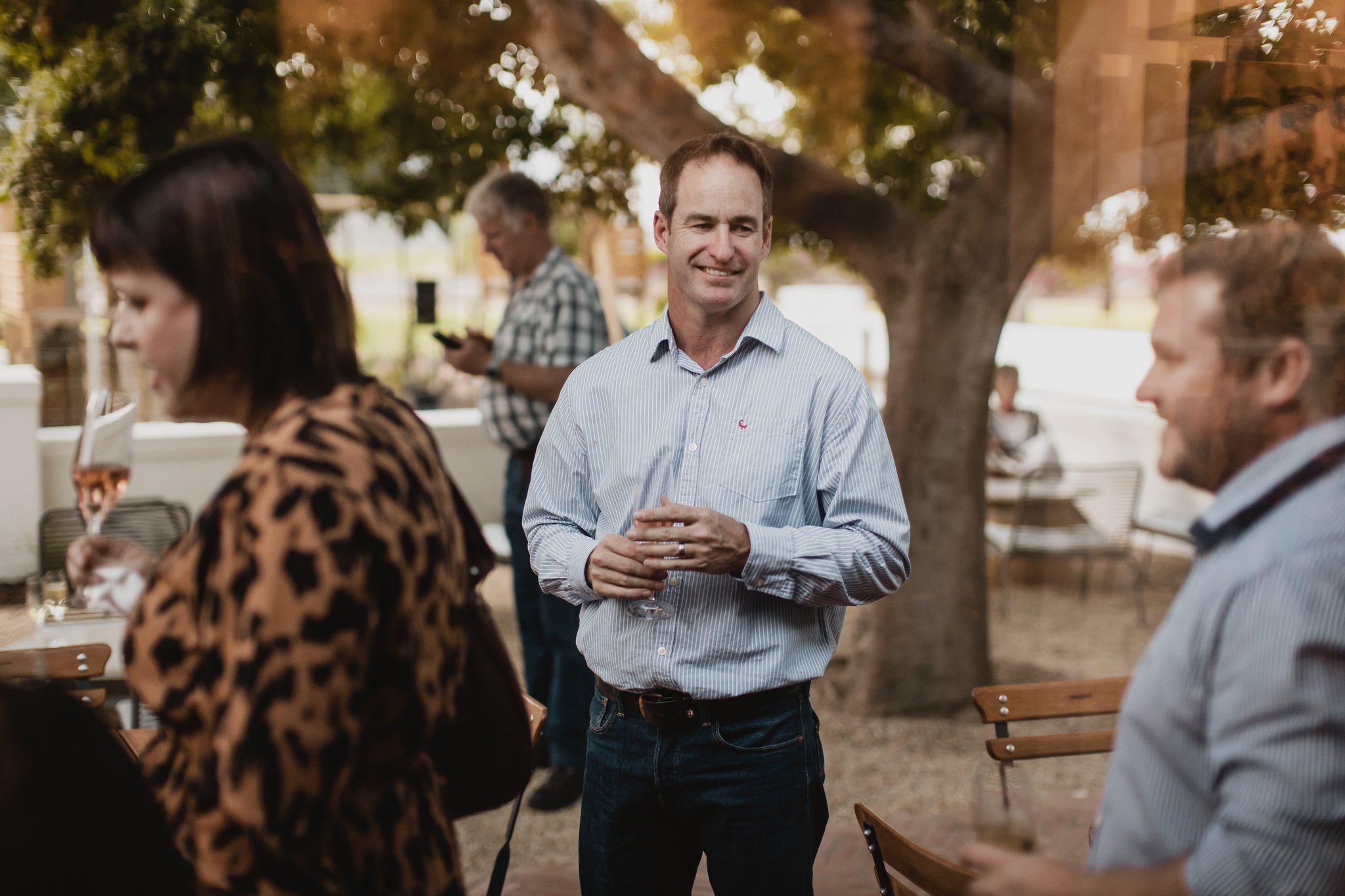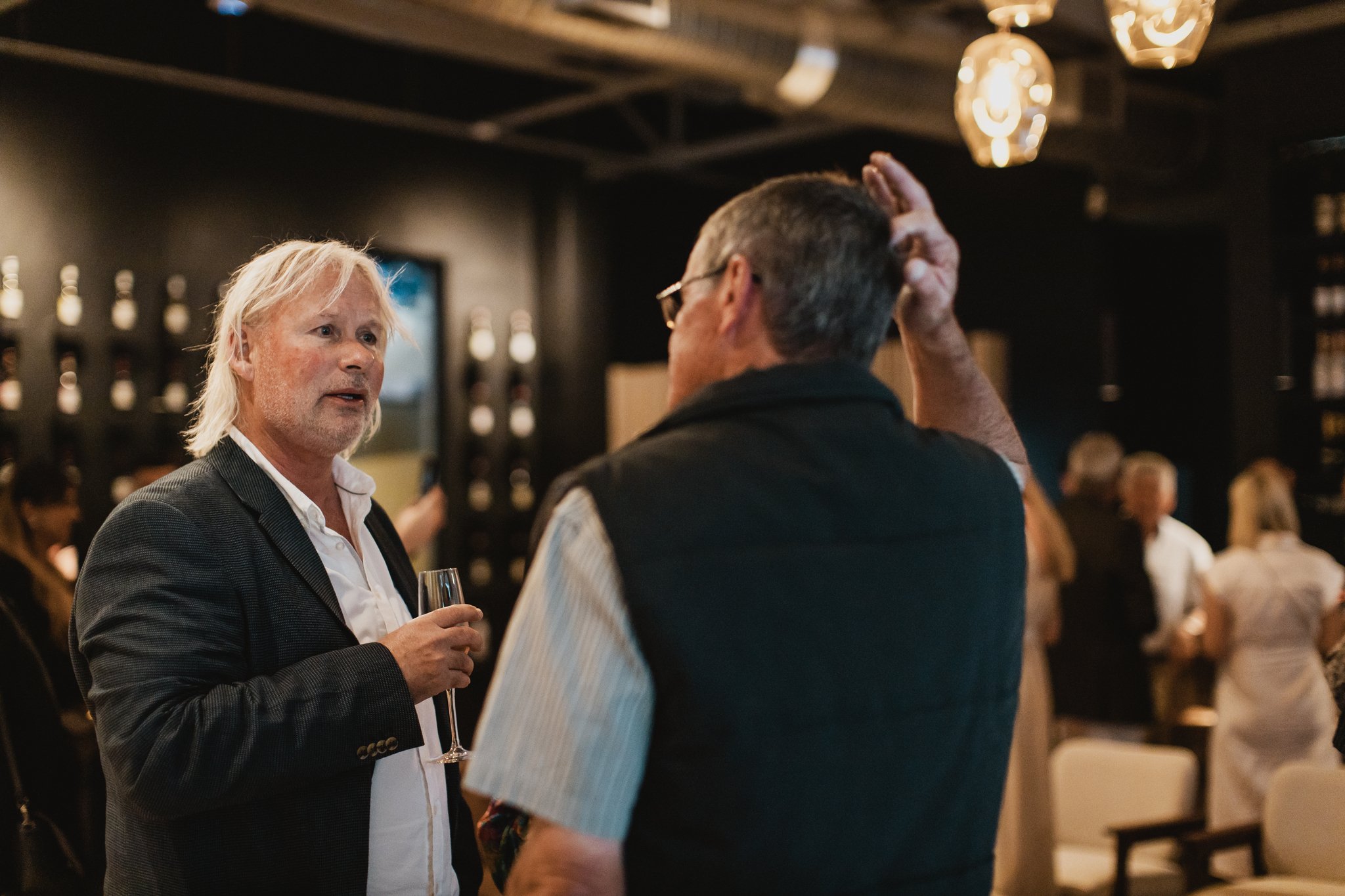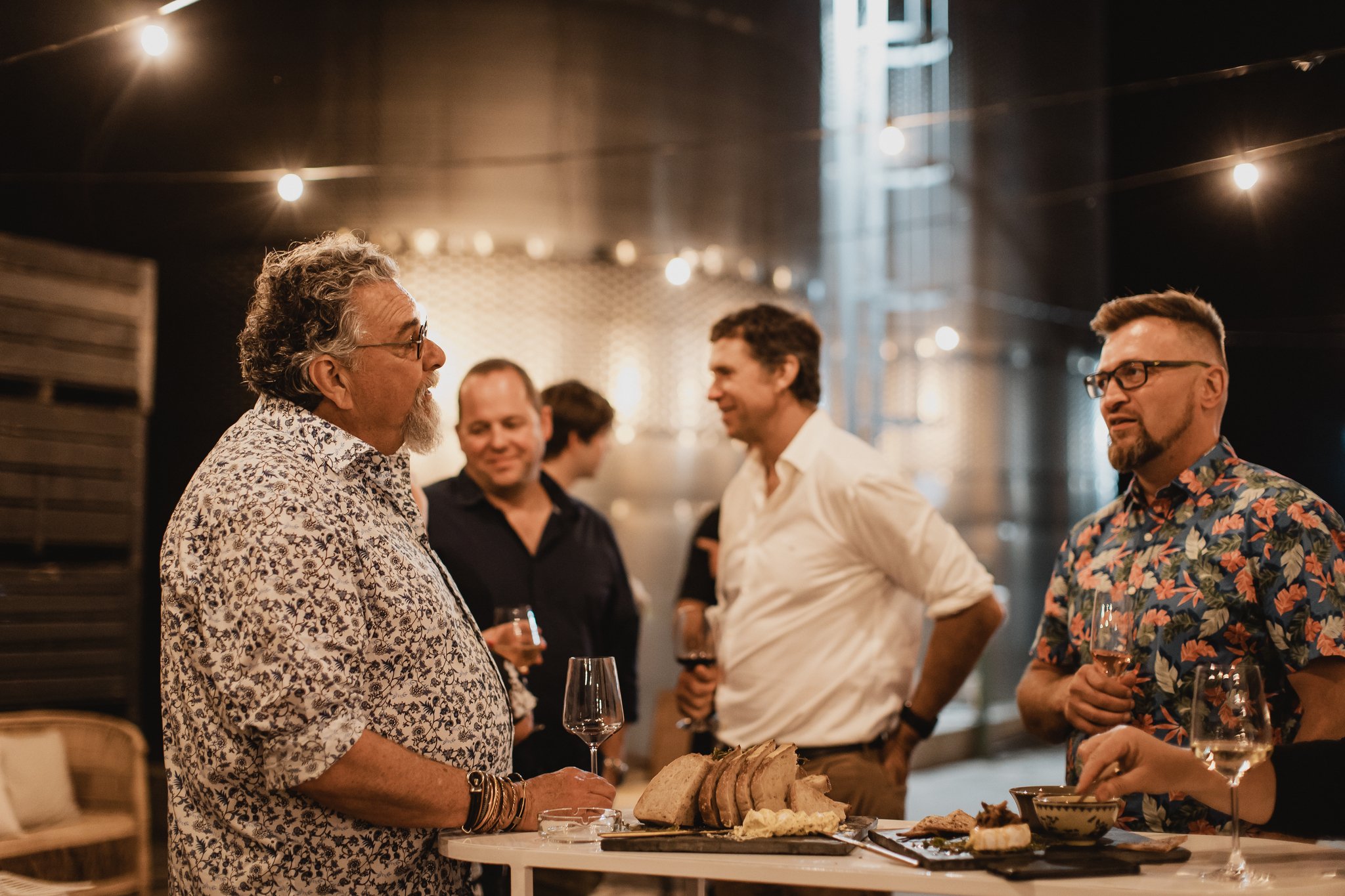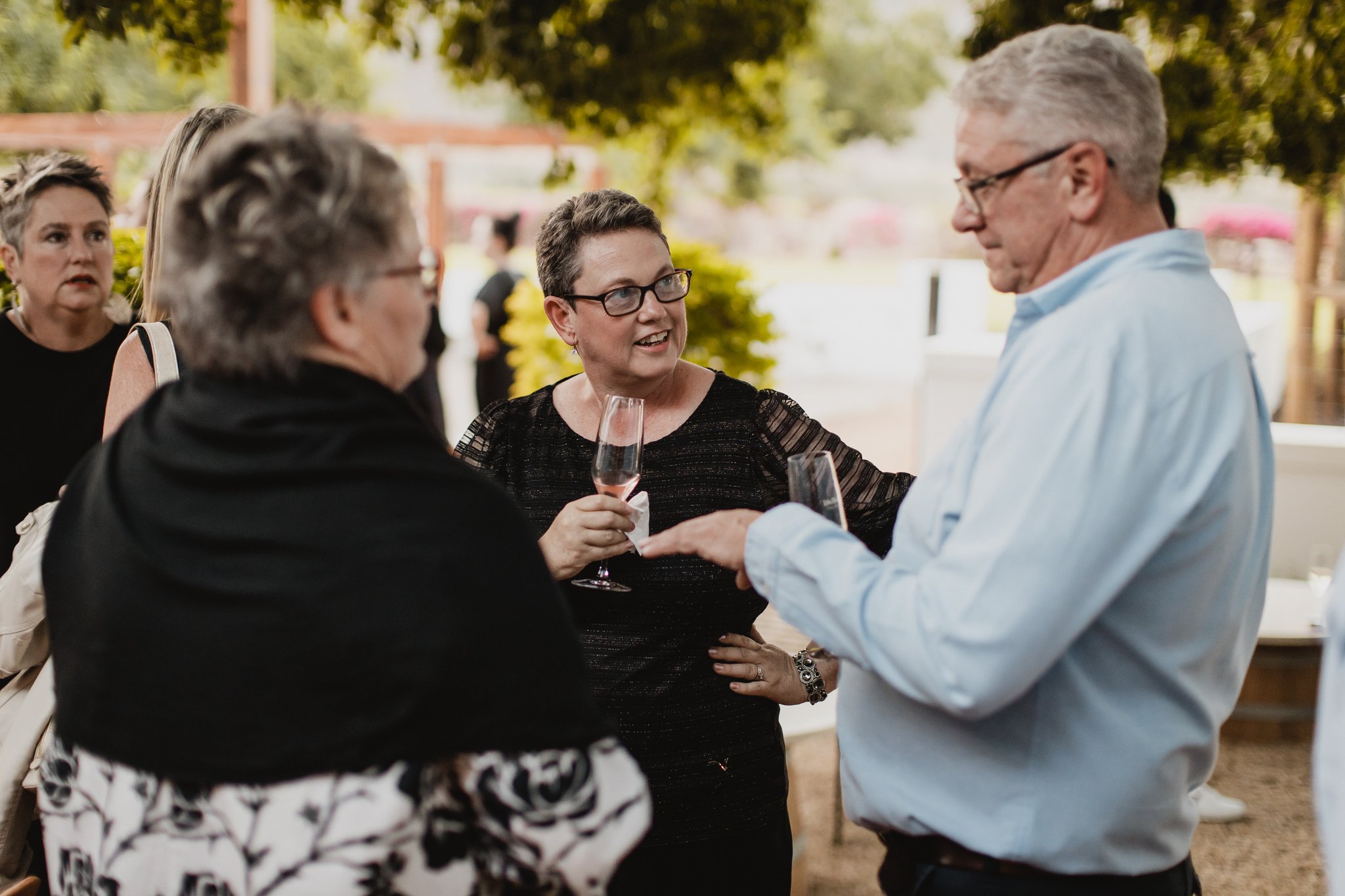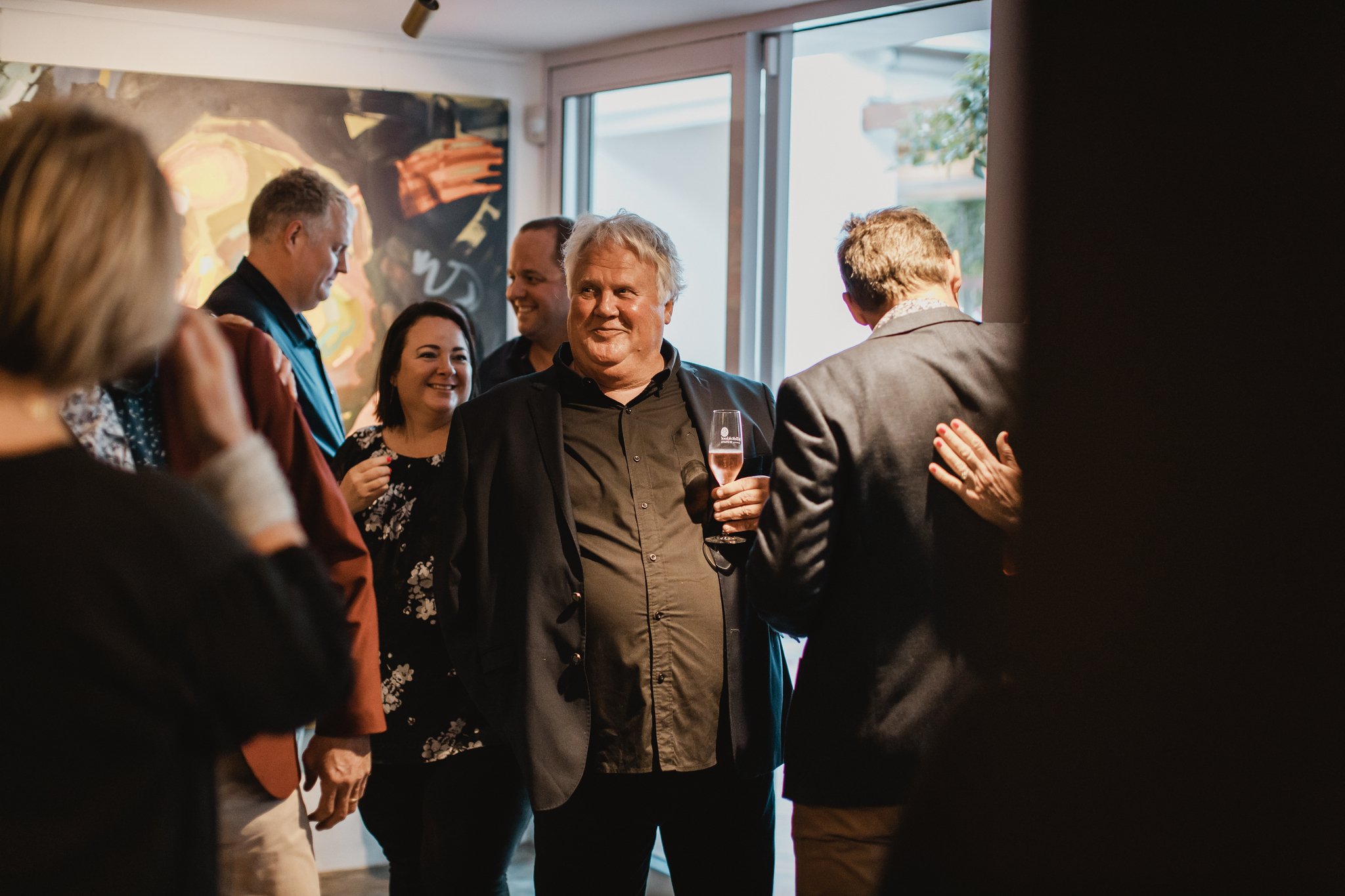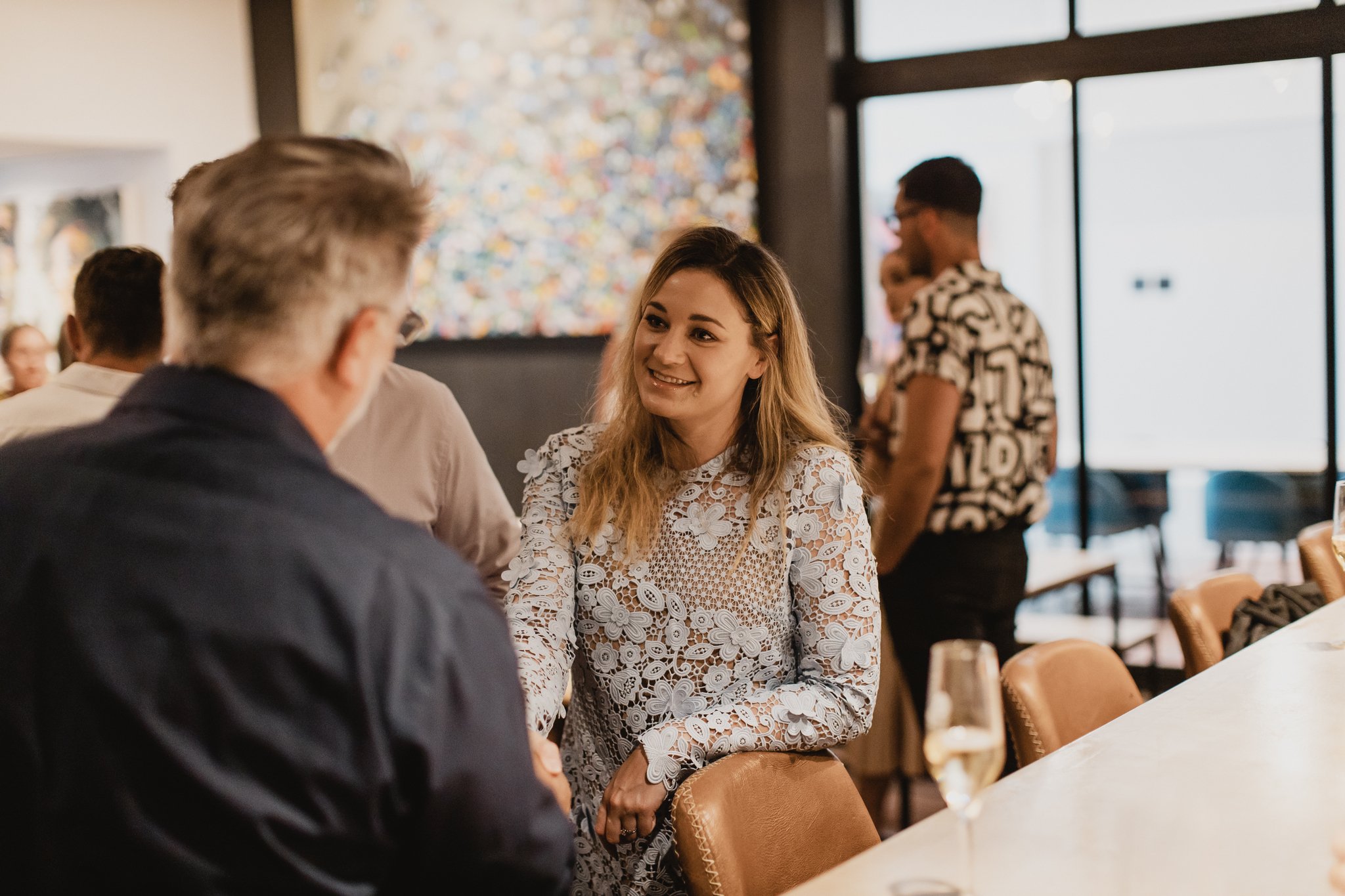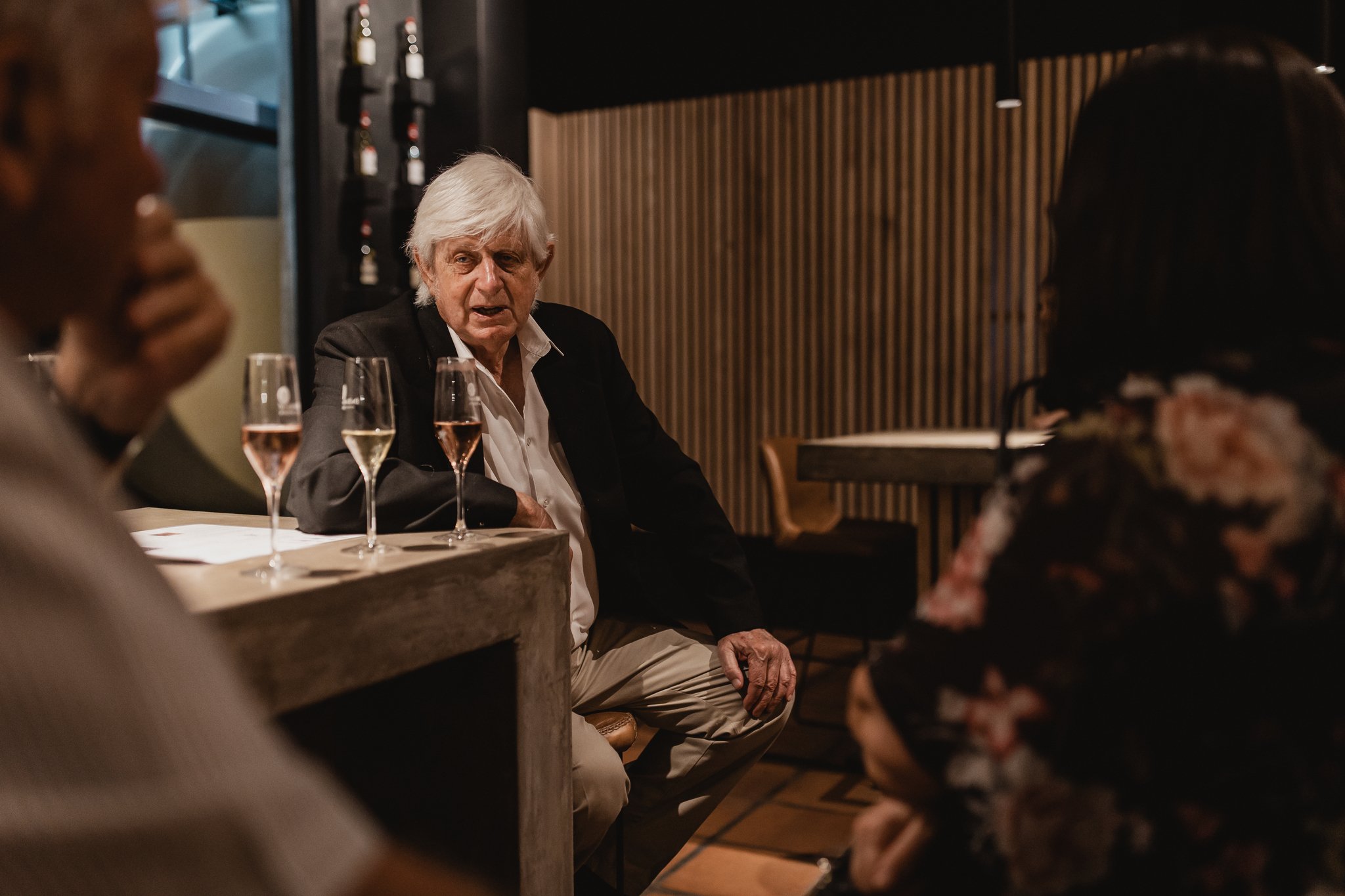Q&A on DTK turning 60 years old with chairman Francois Botha
Francois and I talk about the new Old Vine Sauvignon Blanc release in January 2023. The conversation naturally leads to the upcoming 60th celebration of DTK Wines. Francois takes a sip of his wine and I take a comfortable position in the big Chesterfield couch as I watch him scroll back to 1962 in his archives.
Interview by Ed Beukes, Marketing and Export Manager of DTK Wines. Images from our 60th Celebration.
E: Six decades of Du Toitskloof; if you were asked to tell the story of this company, where would you start and how would you tell it?
F: I would divide the story into six chapters and focus on the relationship between the Chairman and the Manager.
E: So let’s kick off with Chapter 1. Tell me about the main characters.
Chapter One
F: Here we have the Ursus Schirmer and founding members era. Up and until around the mid 1970s. In the forming years, the winery focussed on producing bulk wines in a very regulated environment. Around this time my dad, Hennie Bul, also joined the cellar and was voted Chairman of the board in 1979 replacing an ageing Jan Joubert.
E: Is this where Chapter 2 starts?
Chapter Two
F: Yes and it was a very influential chapter in the story. My dad was a real visionary. He saw the value of producing high quality bulk wines that could also sell in the bottle. Then in comes Ursus, the right man who executed my dad’s vision and began to develop Du Toitskloof, transforming the winery into a more modern entity.
E: So this is when Du Toitskloof entered the packaged product environment?
F: Yes, although the majority of the grapes like Hanepoot, Steen, Clairette Blanche and Cinsault were still vinified for the bulk market, only some of these wines were bottled with labels depicting a horse driven cart driving through the old tunnel. I believe it was here that Du Toitskloof became noticed as a cellar that over delivered on quality versus price point. Ursus left the cellar in the early 1980s after which Ernst Gouws was appointed winemaker. Ernst stayed for 2 harvests and left to further his studies in Germany.
E: Chapter 3, who were the leading characters?
Chapter Three
F: Winemaker Philip Jordaan, my dad, and I’d add Oom Lammie Smith. Philip was young and had a very strong and close bond with my father who was older and a stable visionary. Philip certainly rocked the boat, but thanks to my father’s lifelong friend and fishing partner; Oom Lammie became the perfect counter-balance to my dad on the board of directors and together they managed to steer Du Toitskloof in the right direction.
E: I’ve heard a lot about Philip Jordaan, was he the winemaker that put Du Toitskloof Sauvignon Blanc on the map?
F: Yes, but even more so, Philip believed in establishing the Du Toitskloof brand. Under his guidance we planted our first Sauvignon Blanc on the farm in 1985 and today we’re still producing wine from this special block – the Old Vine Sauvignon Blanc.
In the mid 1980s Johan De Wet was voted into the board of directors and a magnificent trio formed between my dad, Philip and Johan that took Du Toitskloof to new heights.
My dad passed away in 1999 after serving as Chairman for more than two decades.
E: Big shoes to fill – who had to replace him as Chairman?
Chapter Four
F: Well, this is where Chapter 4 starts. Johan De Wet was voted in as the new Chairman and Du Toitskloof started becoming a household name. During this period a young winemaker named Shawn Thomson joined Philip’s winemaking team. Who would’ve guessed what a big role Shawn would play in the future of Du Toitskloof. He’s been at the winery for 22 years already.
As the business grew we needed to adapt the structure of our business to incorporate distribution, sales and marketing. Here I have to highlight three people. Firstly my dear friend Goggy (Bernard Kotze) who was selling Du Toitskloof out of the boot of a Toyota Corolla that he borrowed from his mother. He drove up and down the Garden Route marketing and selling our wines.
Spaghetti, alias Jacques de Witt, who took on a strategic role in making sure that our wines were on the shelf at the right price and finally Suzette Lamprecht who was appointed as rep and later became the chief in charge of our sales force.
E: Chapter 4 definitely introduces a range of new roles. Did all of them make it to Chapter 5?
F: I think one chapter needs to close for another to open. However, a very important theme of our story that has become a fundamental part of our business today, took place in Chapter 4. In 2003, 40 years after founding Du Toitskloof, the Fairtrade conversation began and in 2007, Du Toitskloof became one of the first Fairtrade accredited South African wineries.
E: So this is where we turn to Chapter 5?
Chapter Five
F: Yes, after 27 years at Du Toitskloof, Philip Jordaan retired and was replaced by Shawn Thomson as Cellar Master. Hats off to Johan De Wet who guided the cellar with passion and grit through some stormy and uncertain times.
It became clear that it was time to find a new leader and manager for the winery, someone who understood the business of wine. In comes Marius Louw, our current CEO. Marius and Johan connected not only on a business level, but both were Parabats and mountain bikers and the rest was history. Marius put together an EXCO who became a strong force behind him in sailing the Du Toitskloof ship into new waters.
It was during this time that we expanded our business and incorporated new brands such as Quest and Land’s End. Alain Cajeux joined the team, tackling tenders in Scandinavia and our Fairtrade offering grew exponentially. Du Toitskloof experienced an era of stability and growth. In 2017/2018, Johan De Wet moved to the US and I was appointed as the new Chairman.
Chapter Six
E: Chapter 6, Francois Botha takes the steer, having listened to the story, this seems like a daunting moment. How do feel having been chairman for the last few years?
F: It’s been a challenging few years – most of them hit by Covid19 and ESKOM. It’s been turbulent waters and volatile trading conditions, but I think it comes down to the strong team of Du Toitskloof, now known as DTK Wines. Marius and his EXCO continue to take the bull by its horns, developing our brands and slowly moving into the export market.
Despite challenging times, we managed to build a solar plant next to the winery, renovate our Tasting Room and outdoor facilities into a world-class experience and break into new export territories abroad.
E: So we’re still in Chapter 6?
F: Yes, we’re still in Chapter 6 and over six decades we’ve only had 3 winemakers at the helm. I think this says a lot about stability, consistency and also loyalty in our company.
E: What are your hopes for Chapter 7?
F: Sky is the limit. I would rather answer in saying that I would like to look back on Chapter 6 as one in which we continued to grow this business into a socially and environmentally responsible brand that always over delivers on quality. A brand that stays relevant, fresh, innovative and young.

